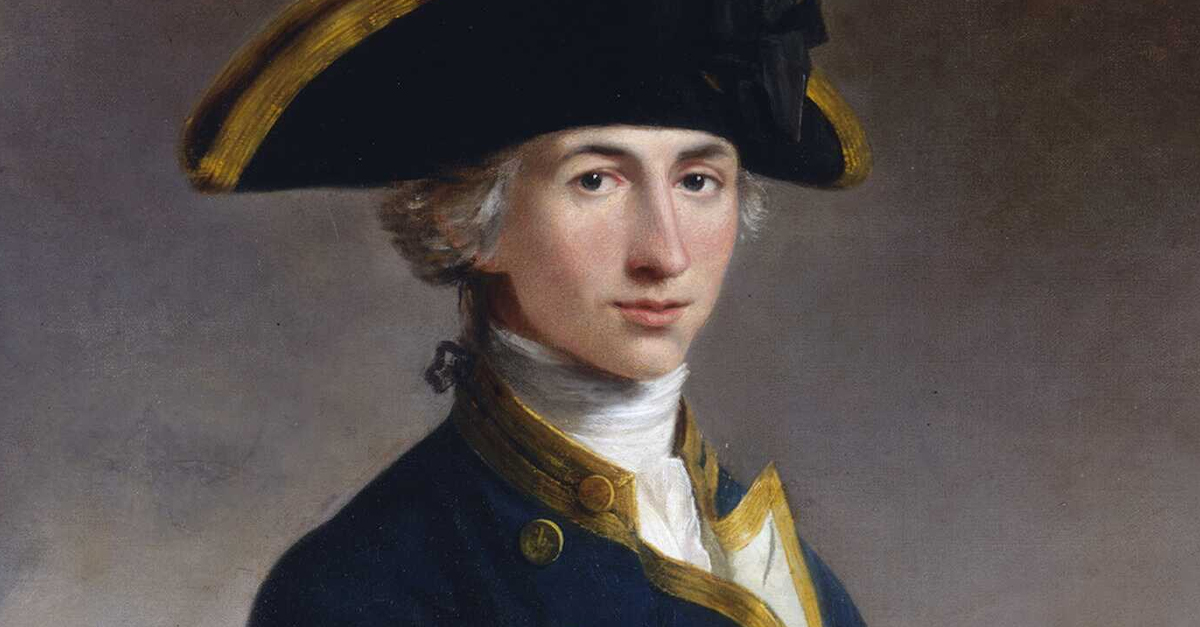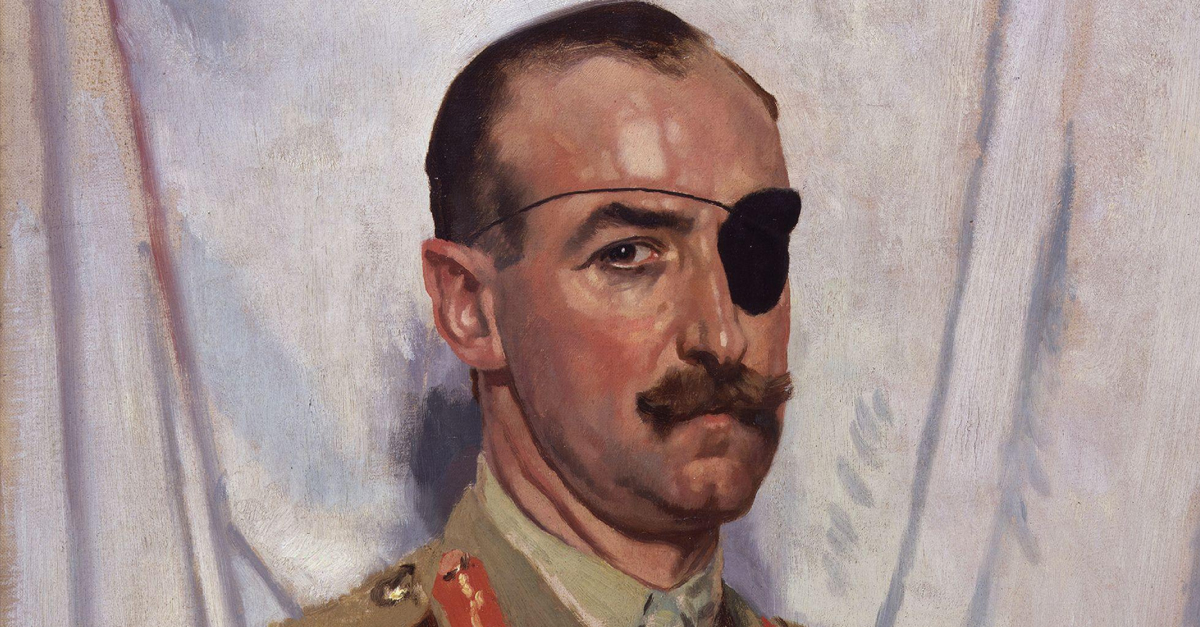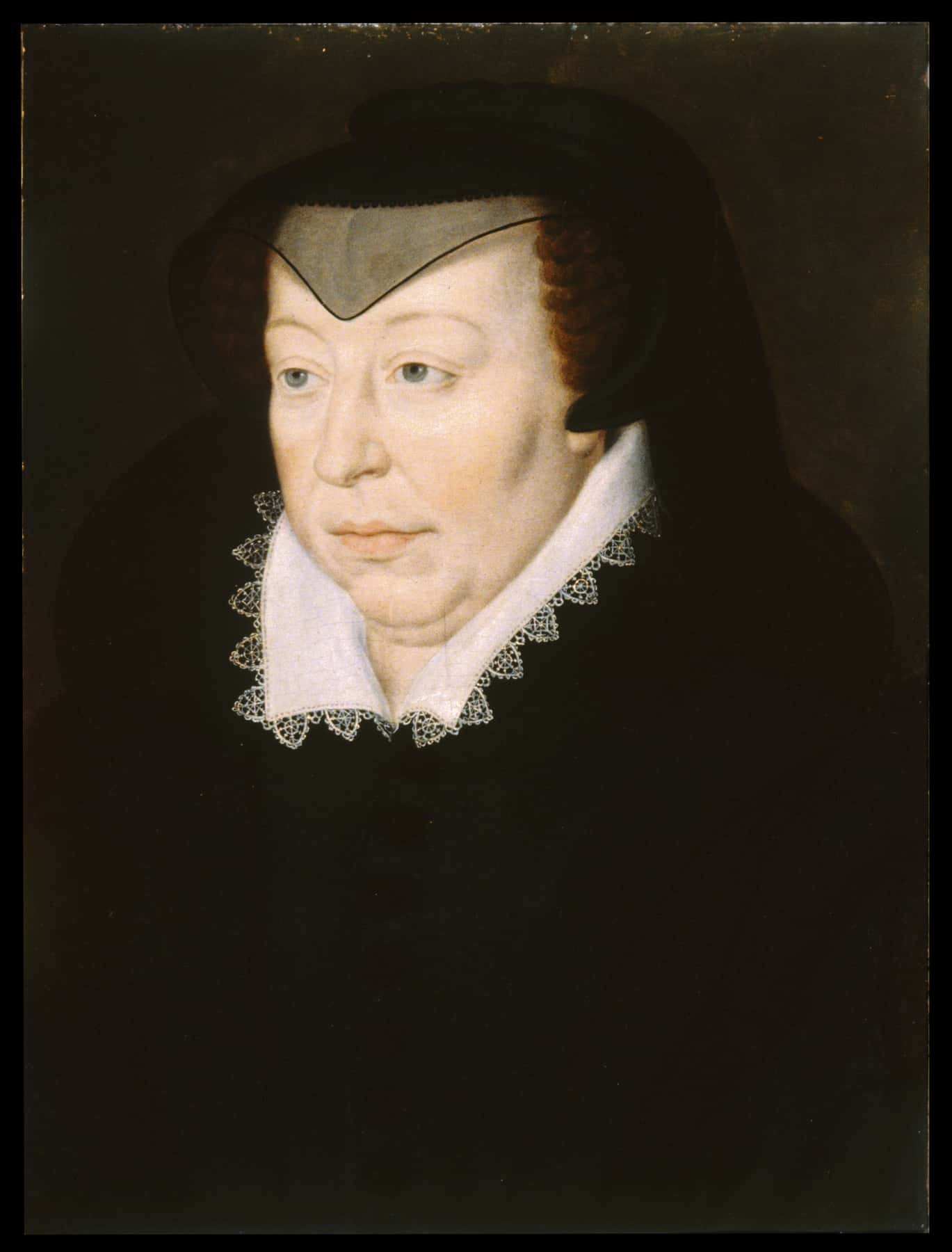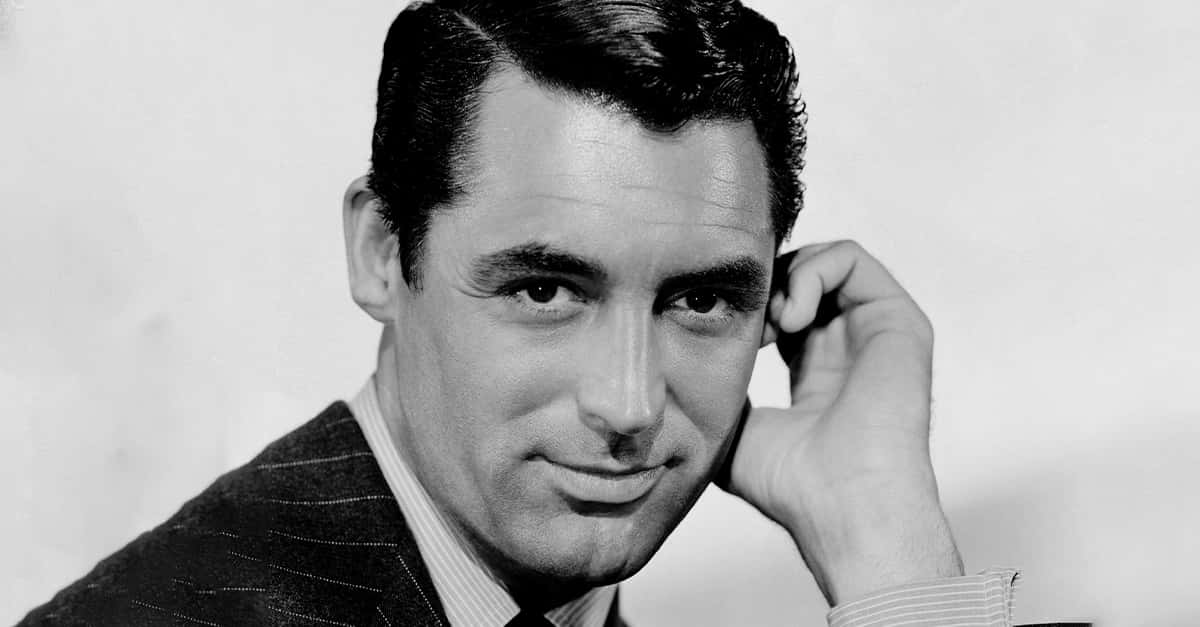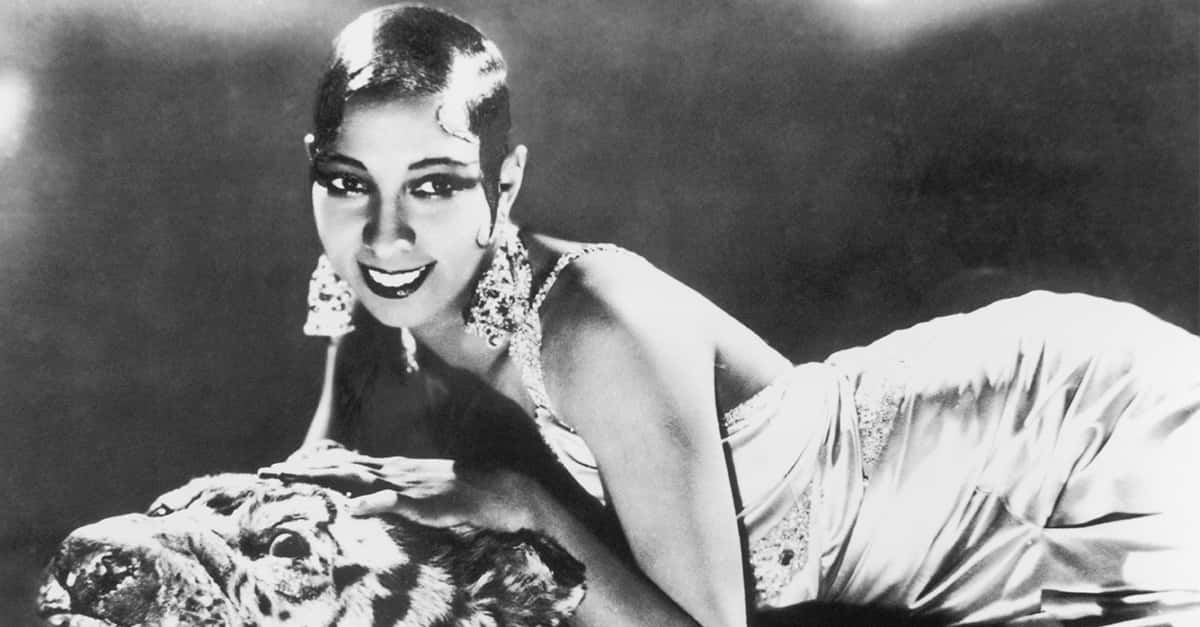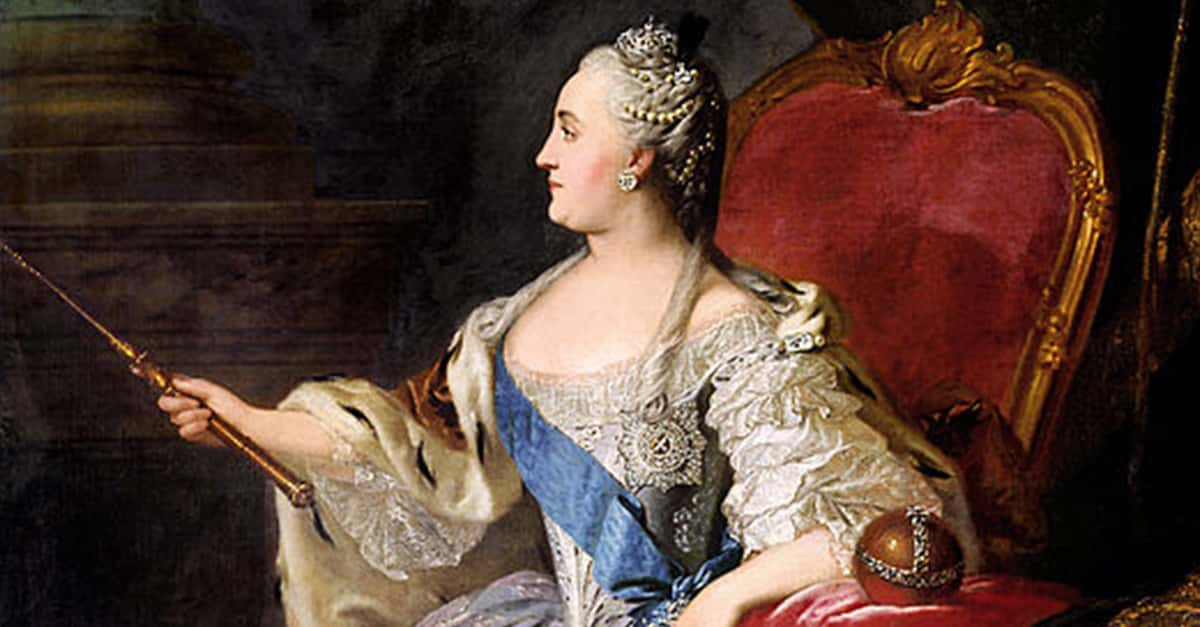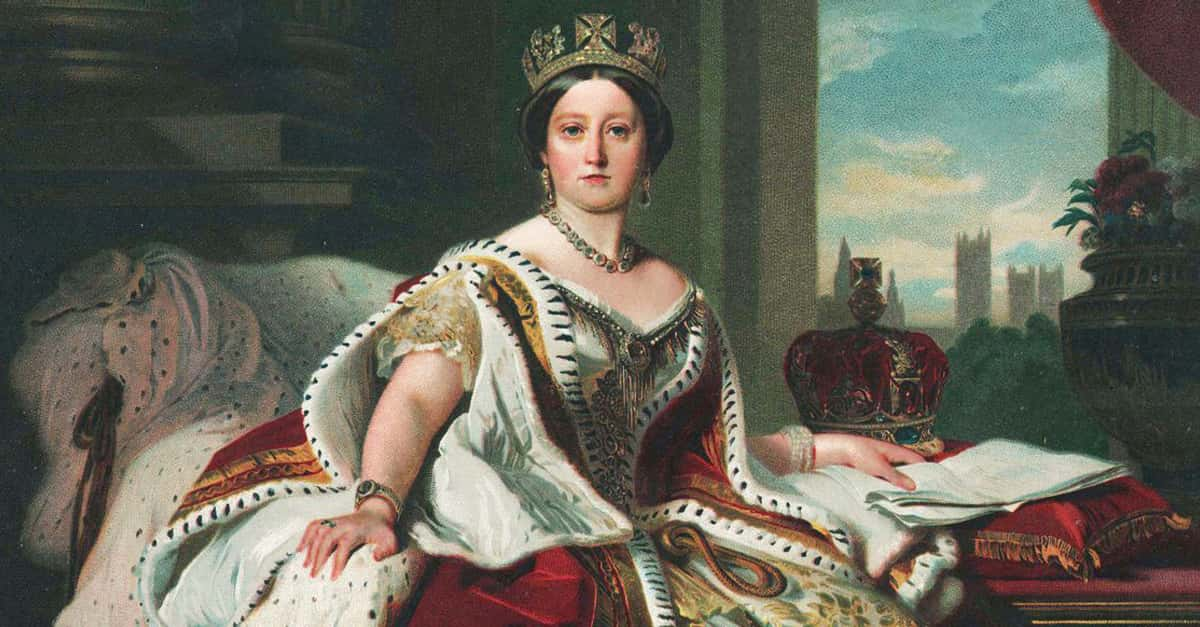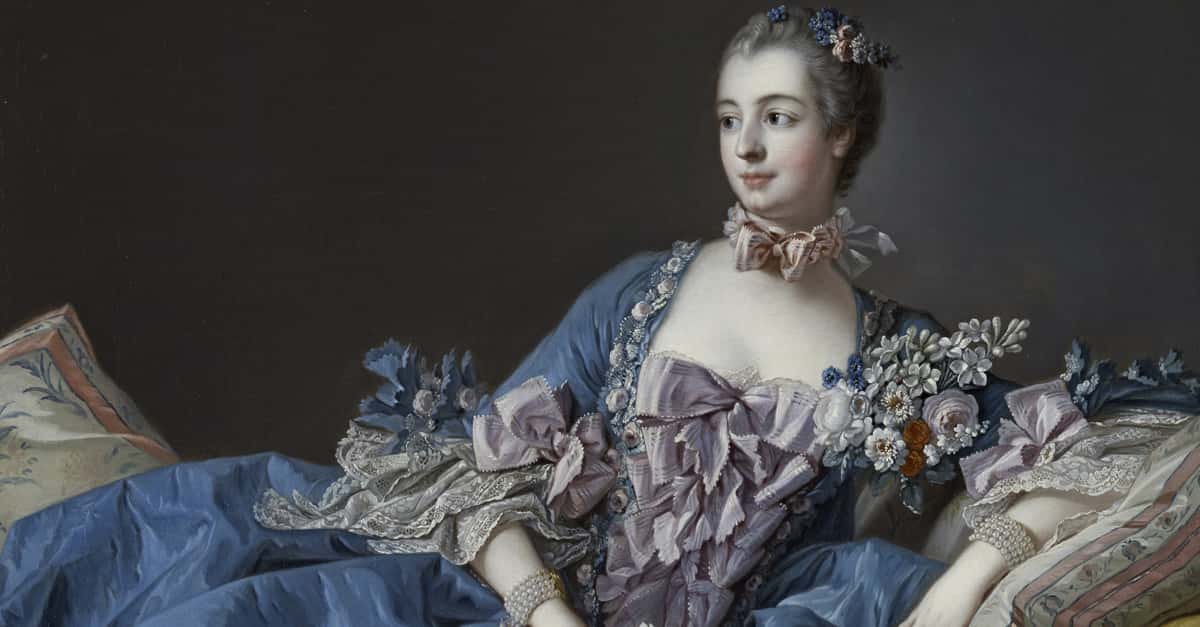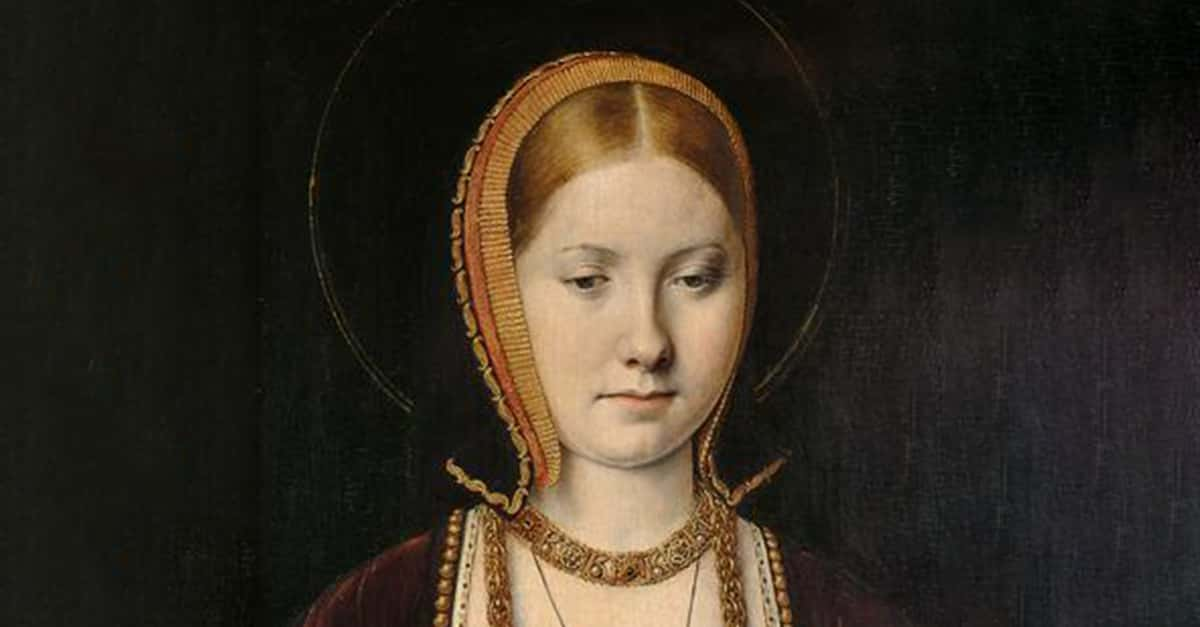Britain's Greatest Naval Commander
Beginning his military career when he was just a boy, Horatio Nelson would go on to become one of the greatest naval commanders in history. Nelson was fearless and made a career out of defying orders—but in the end, it was his stubborn defiance that led to his brutal downfall.
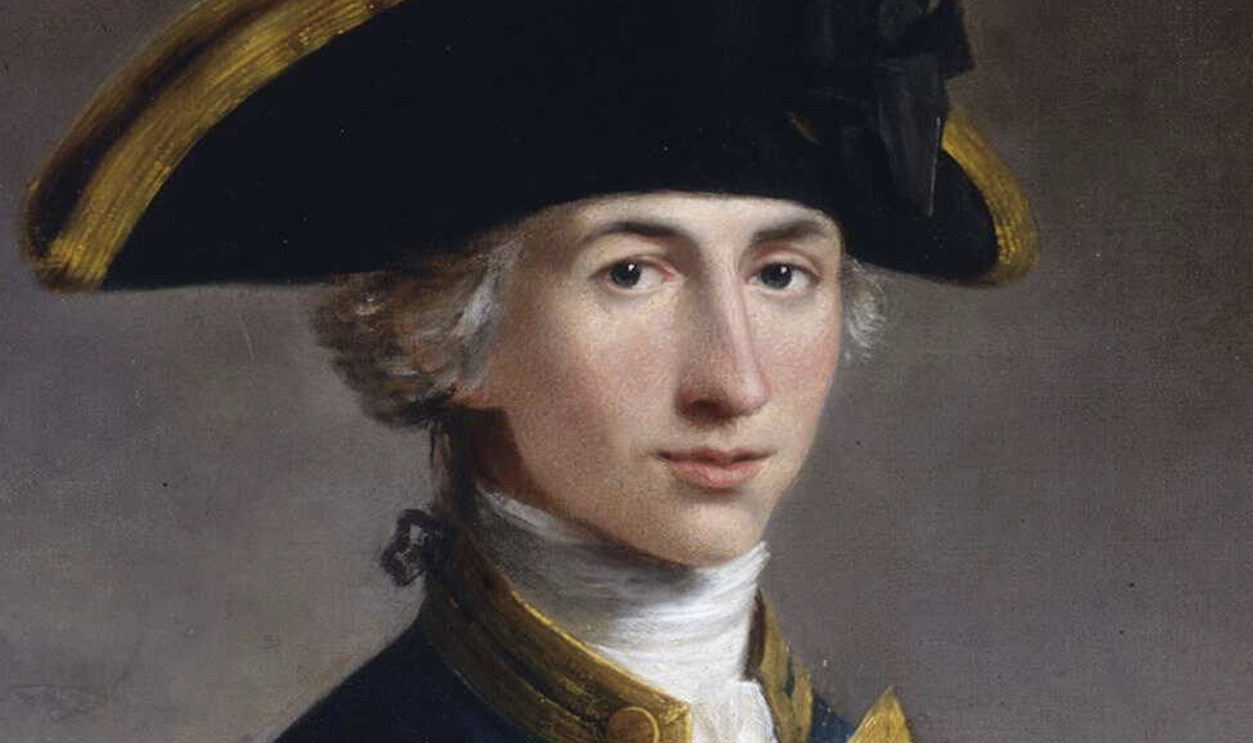
1. His Career Began Early On
Europe has produced some of history’s most brilliant naval admirals, with Britain’s Vice-Admiral Horatio Nelson at the top of many lists. While he accomplished amazing feats and victories later in life, it seemed like he was always fated for greatness. Born in 1758 in Norfolk, England, Nelson’s journey began when he served on the HMS Raisonnable at 12 years old.
Yet for someone who would become so acclaimed for his service at sea, he had an inconvenient condition.
 Lemuel Francis Abbott, Wikimedia Commons
Lemuel Francis Abbott, Wikimedia Commons
2. He Had An Unfortunate Ailment
As Nelson began his first stint of service with the British Royal Navy, he learned that he suffered from one of the worst maladies a sailor could face. He was extremely prone to seasickness, and unfortunately for him, this would never go away.
This never stopped him from staying at sea, however.
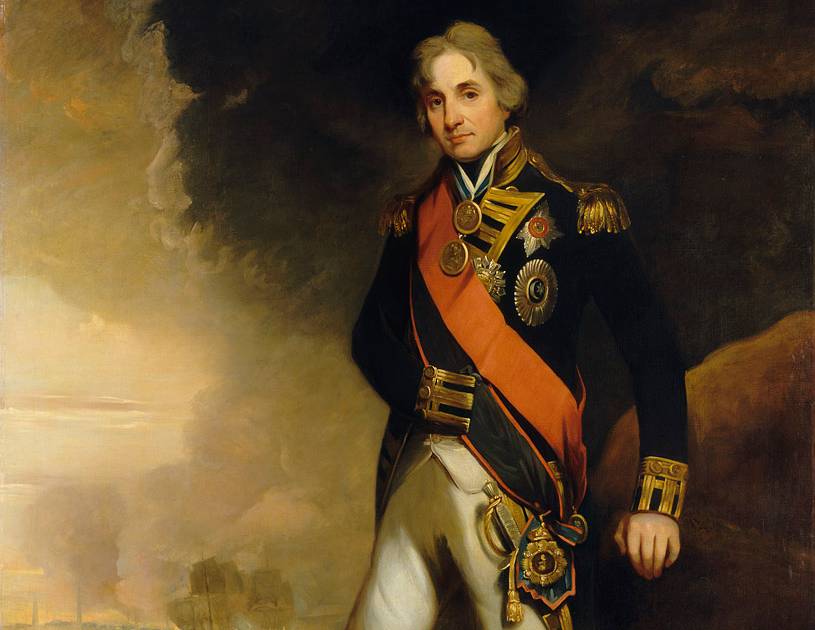 Royal Museums Greenwich, Wikimedia Commons
Royal Museums Greenwich, Wikimedia Commons
3. He Volunteered
Although Nelson’s ambitions lay with the Navy, he also yearned for adventure and to prove himself. As such, when news came of Constantine Phipps’ Arctic expedition to find the North-East Passage in 1773, Nelson didn’t hesitate to request his inclusion. Thanks to the influence of his uncle—Captain Maurice Suckling—Phipps allowed Nelson to join the expedition.
During this adventure, he showed his true qualities.
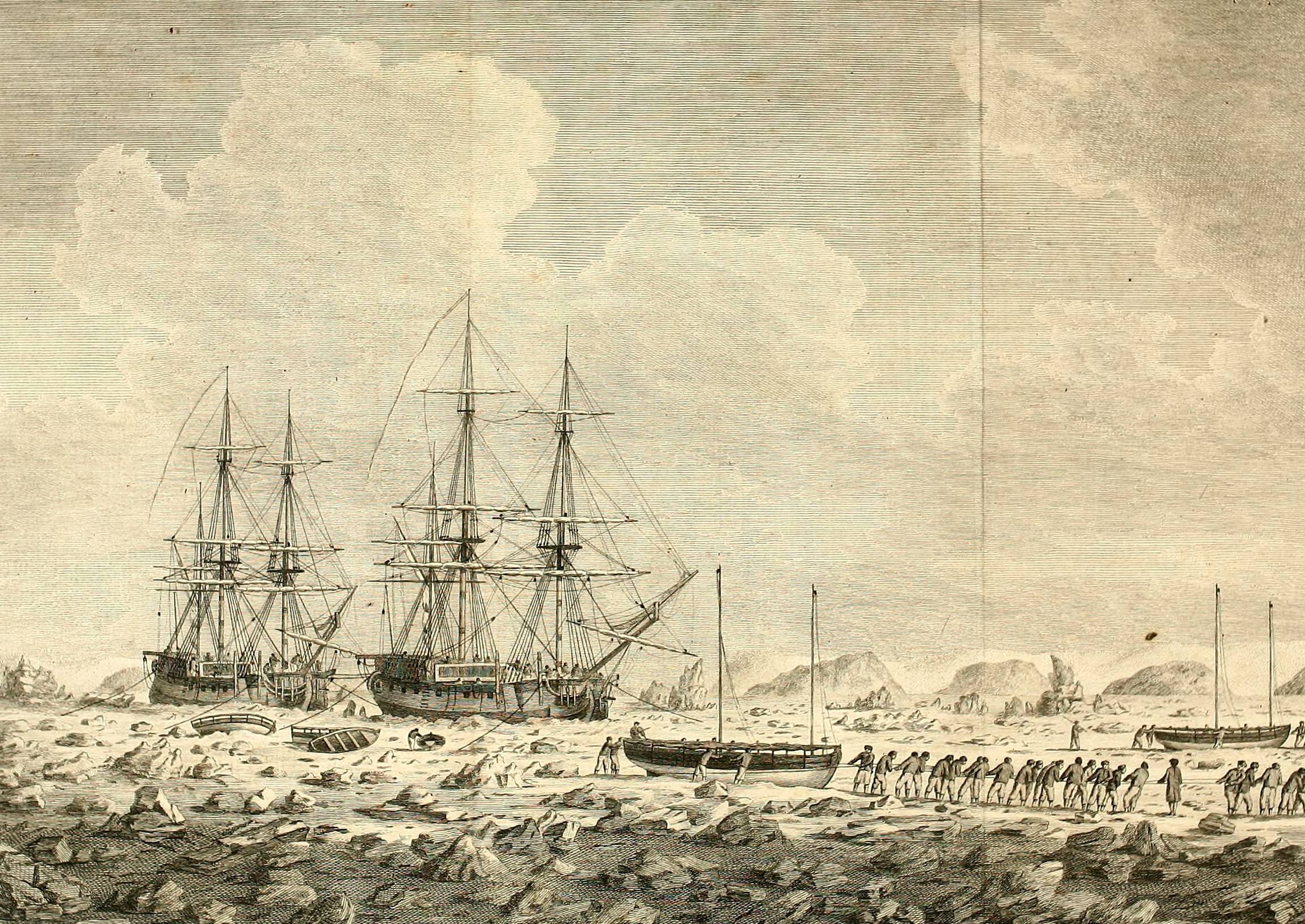 Internet Archive Book Images, Wikimedia Commons
Internet Archive Book Images, Wikimedia Commons
4. He Was Fearless
While on Phipps’ expedition, Nelson created a reputation that would foreshadow his later brash and daring attitude as a leader. According to Commander Skeffington Lutwidge, upon seeing a polar bear nearby, Nelson gave chase across the ice surrounding their halted ship. According to the young Nelson, he had wanted the bear’s skin for his father.
Of course, he would soon see his first true conflict.
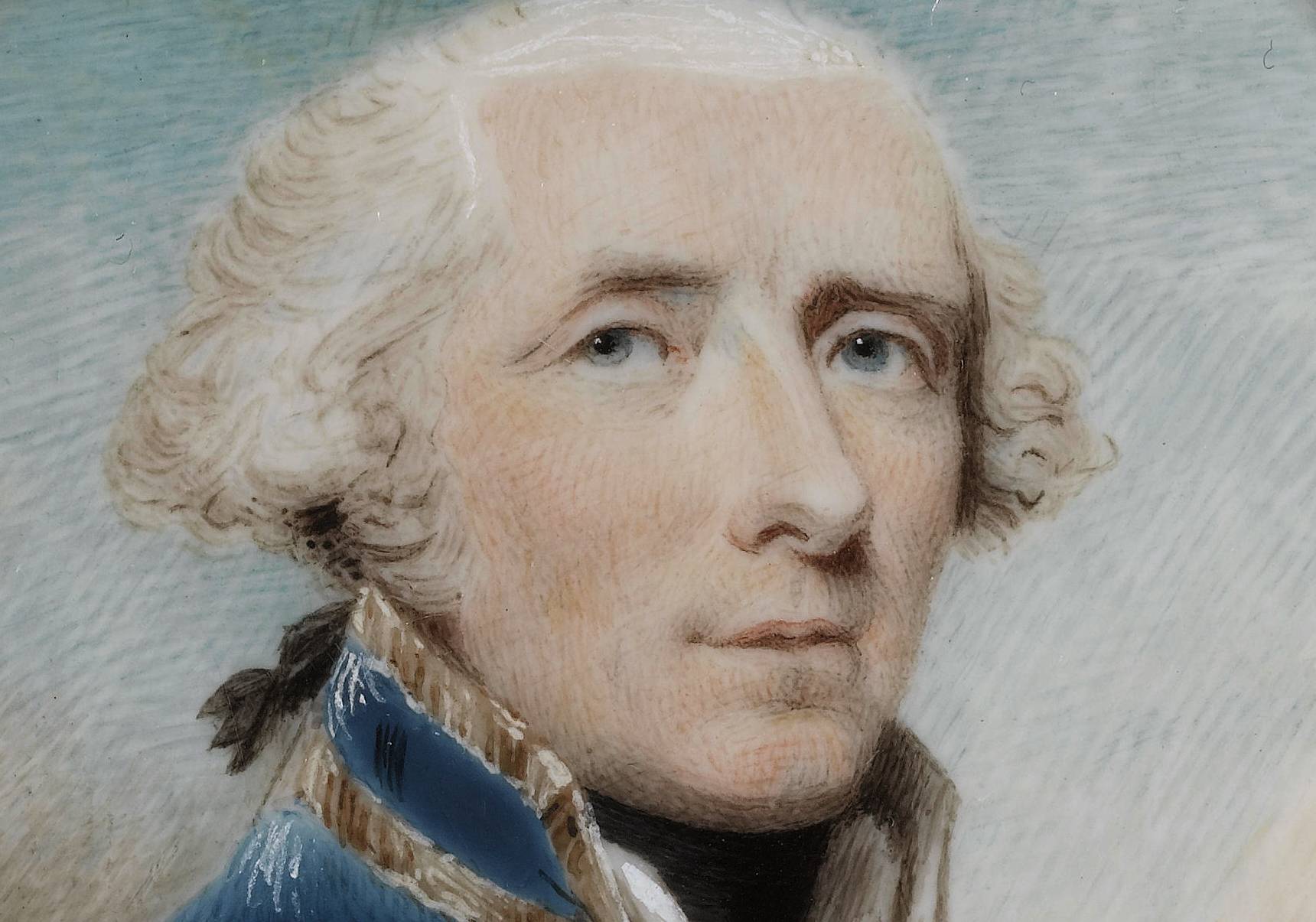 Philip Jean, Wikimedia Commons
Philip Jean, Wikimedia Commons
5. He Had His First Battle
In 1775, two years after being transferred to the HMS Seahorse, Nelson had his first brush with combat. With the Royal Navy backing the East India Trading Company against the Maratha Confederacy, Nelson’s ship made contact with two of Sultan Hyder Ali’s vessels before quickly sending them packing.
He got through the battle but was soon at the mercy of something worse.
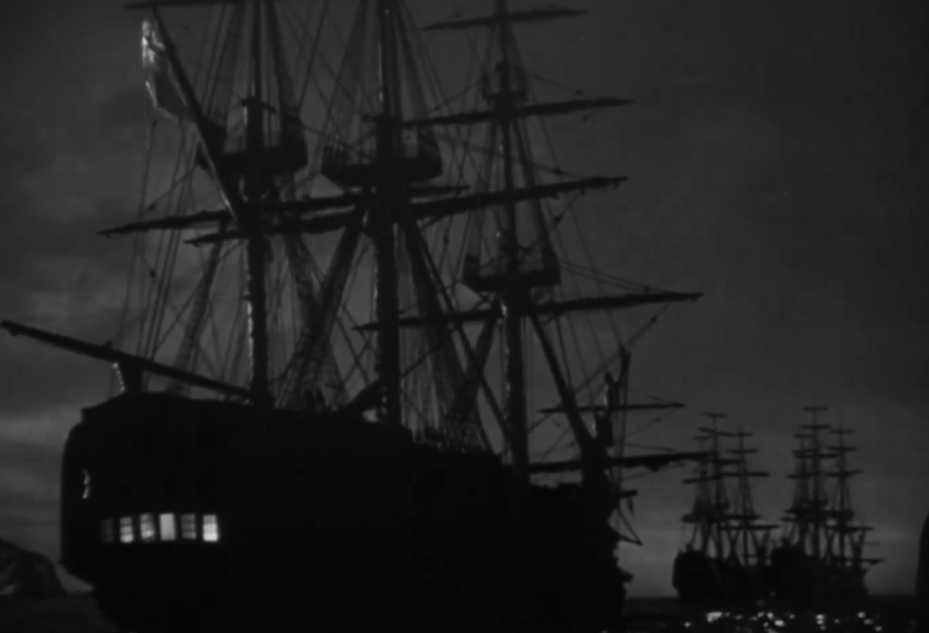 United Artists, That Hamilton Woman (1941)
United Artists, That Hamilton Woman (1941)
6. He Got Sick
Aside from his seasickness, Nelson seemed unusually prone to other, more serious illnesses. In 1776, he came down with a severe case of malaria and had no choice but to return to England, fully recovering soon after. Although he was likely despondent, he quickly bounced back.
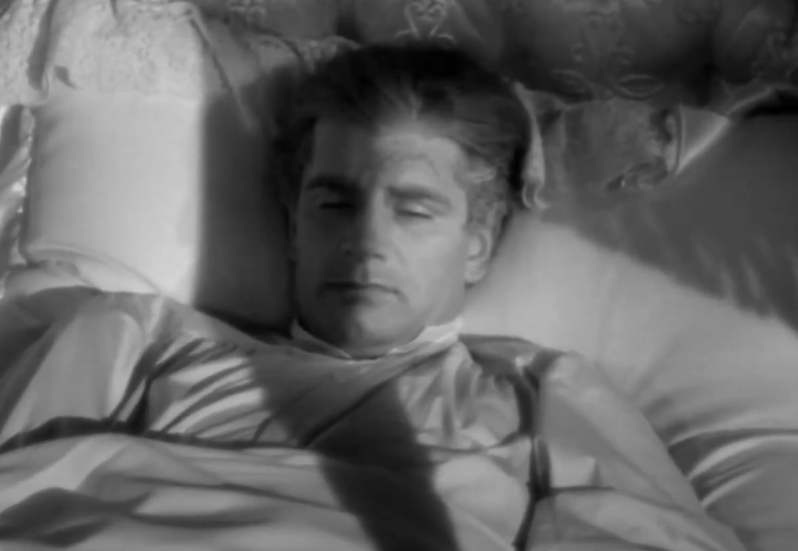 United Artists, That Hamilton Woman (1941)
United Artists, That Hamilton Woman (1941)
7. He Took His Test
Taking a trip to London in 1777, Nelson’s ambitions reached higher when he took his lieutenant's examination. While his passing was in no doubt due to his skill and intelligence, he did have a bit of an edge, considering his uncle was on the examining board.
Being assigned to the HMS Lowestoffe, Nelson immediately got to work.
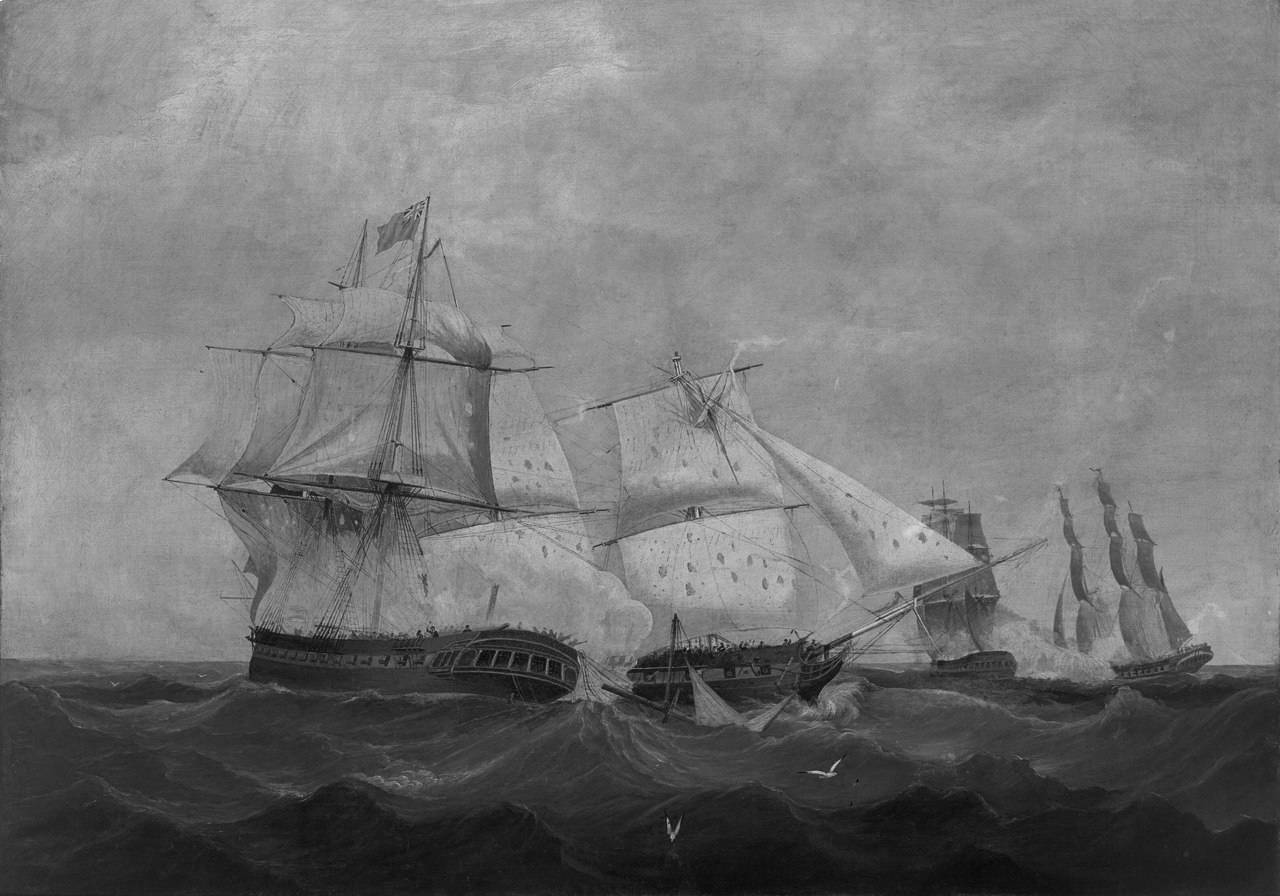 Royal Museums Greenwich, Wikimedia Commons
Royal Museums Greenwich, Wikimedia Commons
8. He Did His Part
By 1779, Nelson had made waves in the American Revolution and served on several other ships, before he took command of the HMS Hinchinbrook. He joined General John Dalling’s San Juan Expedition a year later, and although this was ultimately a failure, Nelson’s contributions were especially commended.
Of course, Nelson’s life was full of ups and downs.
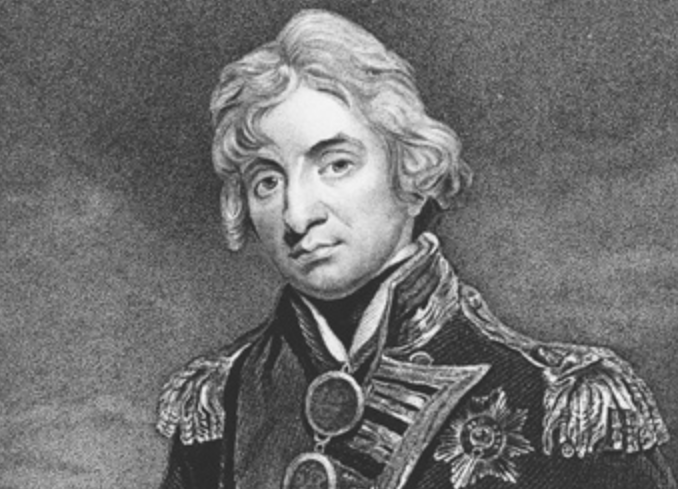 Engraver John Cochran, Wikimedia Commons
Engraver John Cochran, Wikimedia Commons

History's most fascinating stories and darkest secrets, delivered to your inbox daily.
9. He Fell Ill Again
Although Nelson was soon offered the command of the HMS Janus in 1780, he didn’t keep it for long. Later that year, his health once again took a turn for the worse, culminating in a seemingly double diagnosis of dysentery and yellow fever.
After a recovery period in Jamaica, Nelson got right back on the horse.
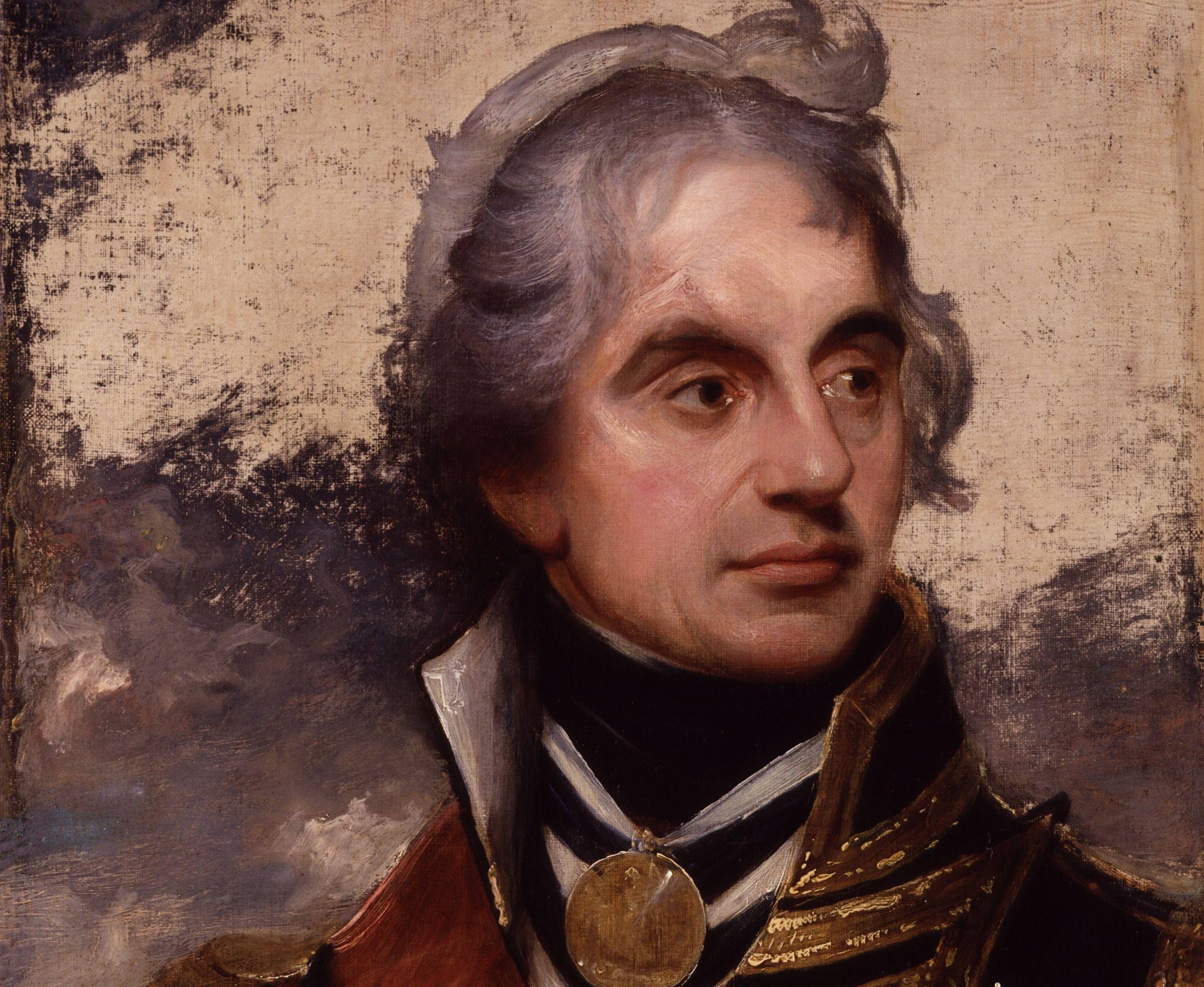 National Portrait Gallery, Wikimedia Commons
National Portrait Gallery, Wikimedia Commons
10. He Was An Enforcer
Commanding a few more ships after the Janus, Nelson took the HMS Boreas in 1784 and was sent to Antigua. While he despised this assignment, he still performed his duties in helping to impose the Navigation Acts. This meant he seized multiple American ships—and their captains weren’t happy.
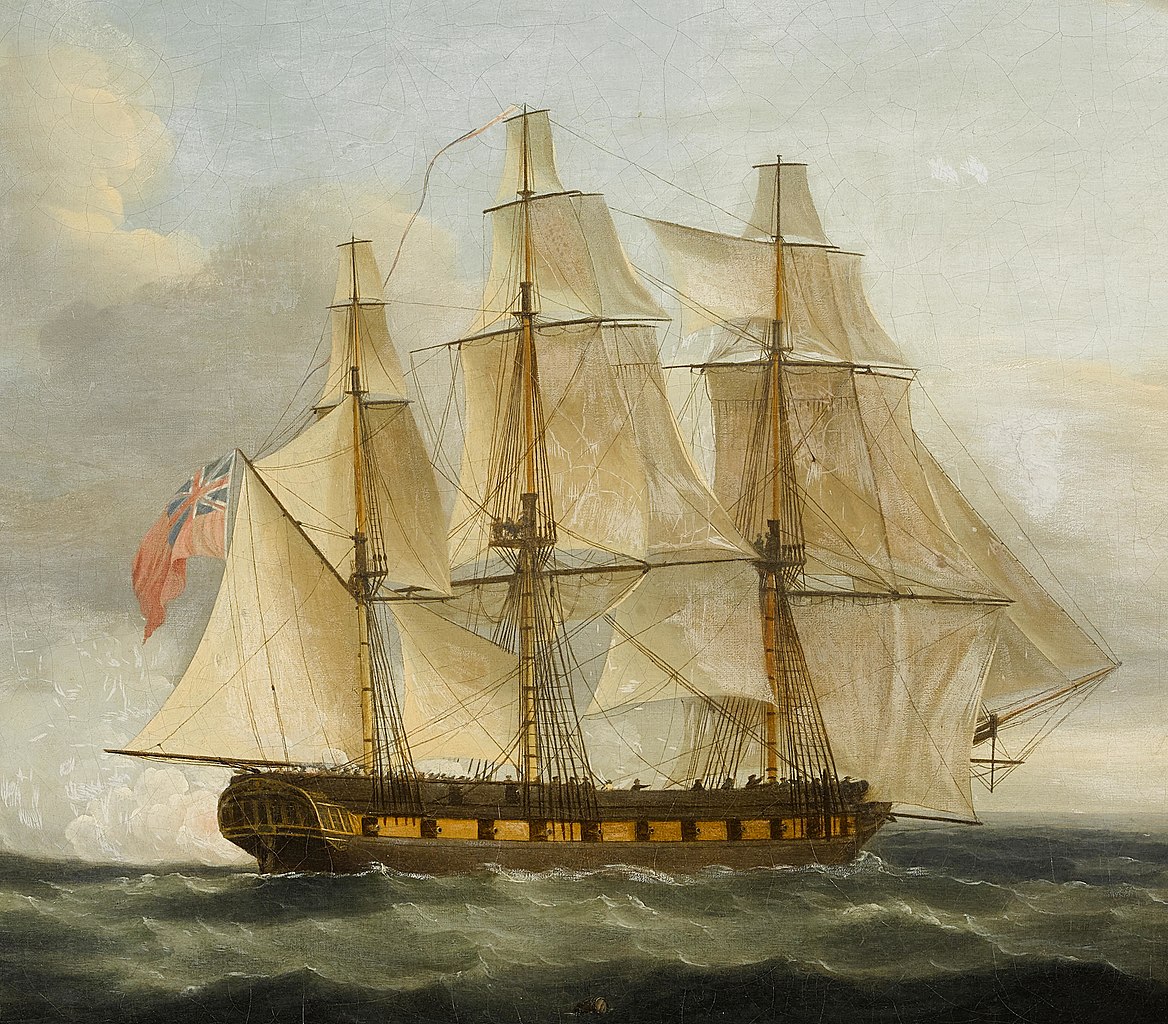 Thomas Whitcombe, Wikimedia Commons
Thomas Whitcombe, Wikimedia Commons
11. They Came After Him
In enforcing the Navigation Acts, Nelson made many enemies, especially those who felt they were unfairly treated. Claiming that their ships were unlawfully seized, several American captains sued Nelson while he was in Antigua.
Fortunately for him, his career wasn’t over yet.
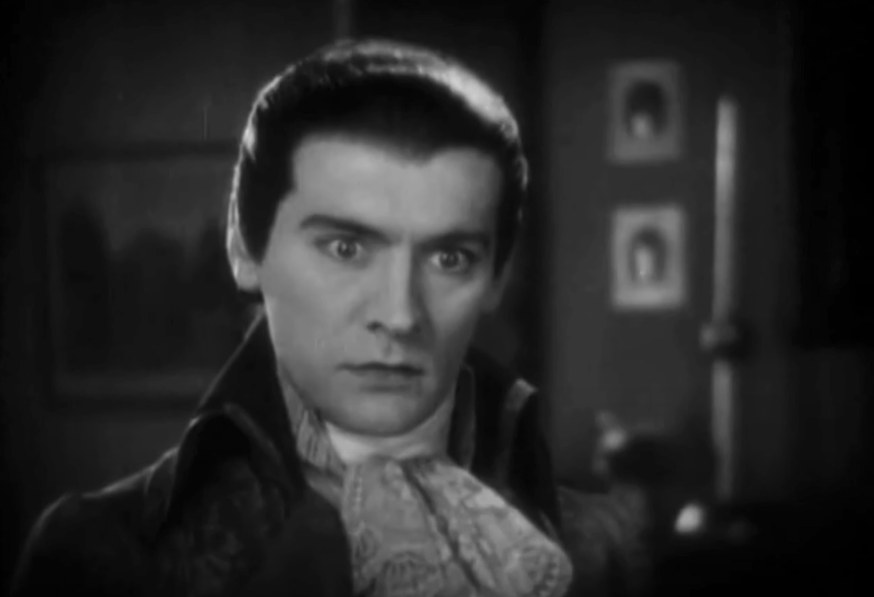 Warner Bros., The Divine Lady (1928)
Warner Bros., The Divine Lady (1928)
12. He Won In The End
The lawsuit brought against Nelson was nothing to be scoffed at. On the island of Nevis, several merchants backed the Americans’ accusations, adding legitimacy to the case. Although he was held on his ship for eight months, the judgment was eventually rendered in his favor, letting him off the hook.
It wasn’t long after that he had a fateful encounter.
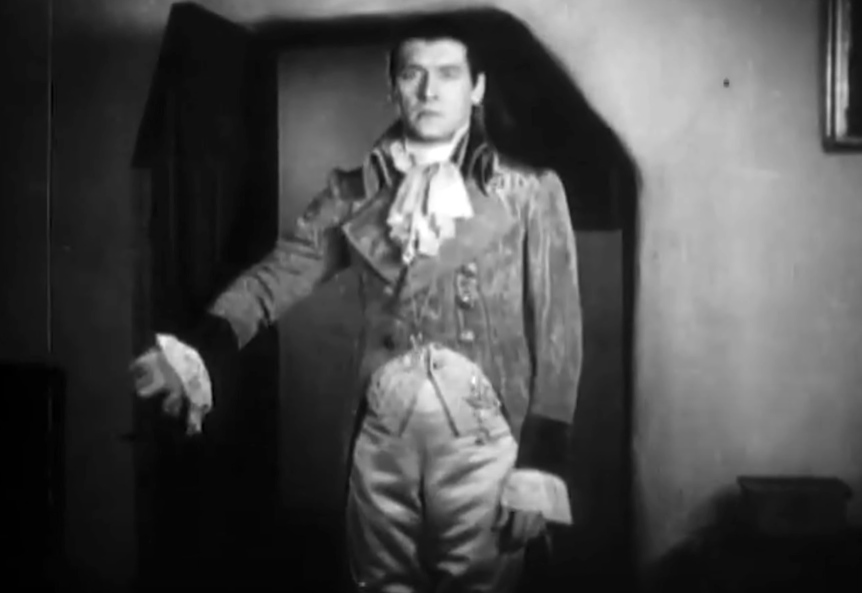 Warner Bros., The Divine Lady (1928)
Warner Bros., The Divine Lady (1928)
13. He Met Someone
During his time on Nevis, Nelson found love amid the misery of his assignment and the legal issues he faced. He knew of the Nisbet family’s affluent reputation and began a courtship with their daughter Francis—also called Fanny.
Her family adamantly supported this union.
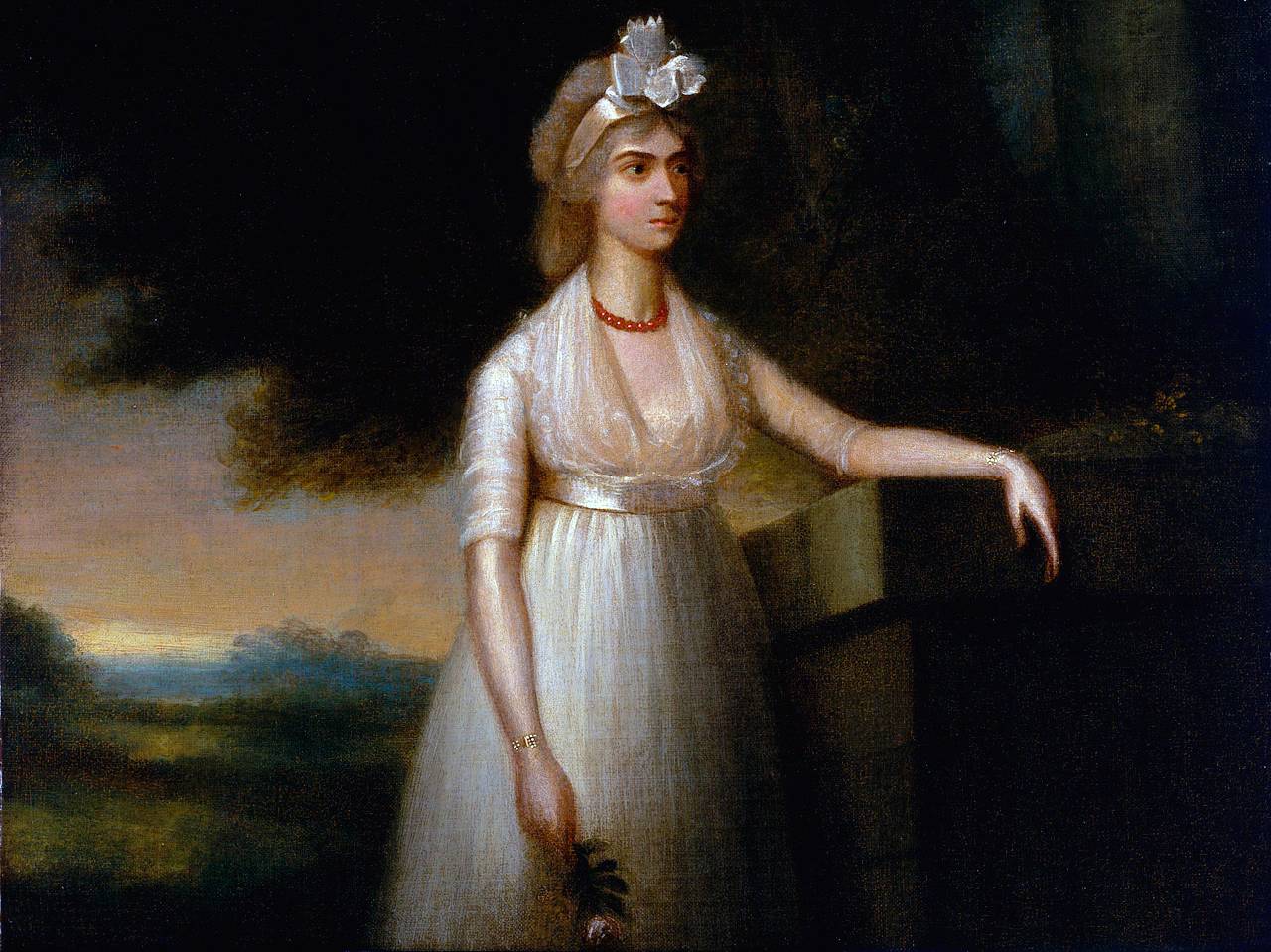 Unknown Author, Wikimedia Commons
Unknown Author, Wikimedia Commons
14. Her Uncle Made An Offer
Since her parents and first husband had passed, Fanny and her son Josiah lived with her uncle, John Herbert. Recognizing Nelson’s station and interest in Fanny, Herbert proposed a large dowry for him to marry her.
Of course, he had another reason for wanting this marriage.
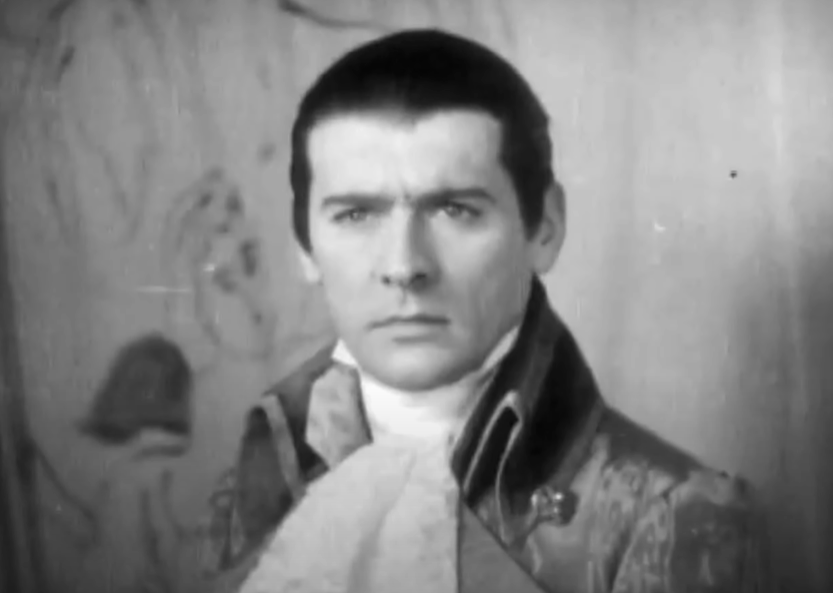 Warner Bros., The Divine Lady (1928)
Warner Bros., The Divine Lady (1928)
15. They Had Their Secrets
While it wasn’t abnormal for someone of Herbert’s standing to want Nelson as his niece’s husband, there was a more desperate reason. The Nisbet’s wealthy reputation was a lie, a fact that Herbert failed to mention to Nelson. Fanny was also guilty of being dishonest, as she and Herbert intentionally omitted the fact that she was infertile.
None of this stayed a secret for long.
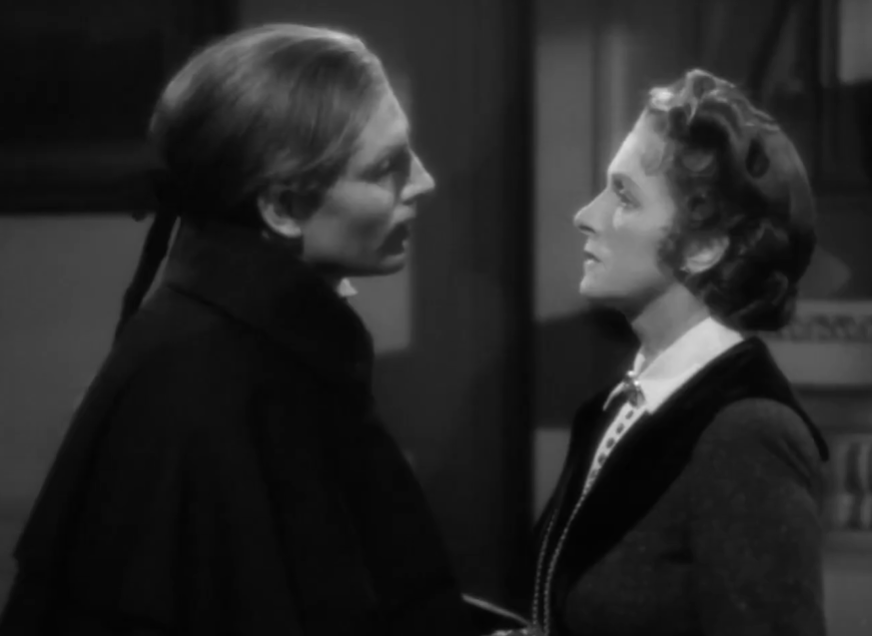 United Artists, That Hamilton Woman (1941)
United Artists, That Hamilton Woman (1941)
16. He Revealed The Truth
Only after Nelson committed to his relationship with Fanny, did Herbert have no choice but to admit his deceit. Following the couple’s engagement, Herbert gave Nelson the promised dowry, but a much smaller amount than initially stated.
Still, it was too late to turn back.
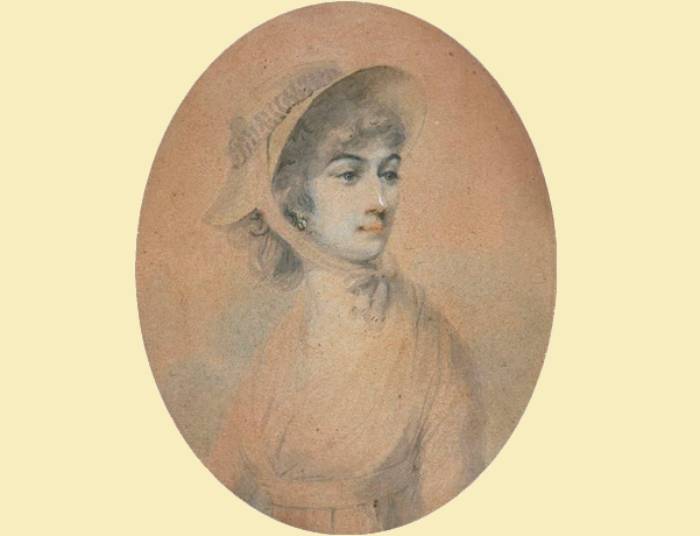 Daniel Orme, Wikimedia Commons
Daniel Orme, Wikimedia Commons
17. They Joined Together
One of Nelson’s primary focuses was his reputation, specifically his honor. Since this would be in question if he broke the engagement off, he and Fanny went forward with their plans and married in March 1787.
Following this, he endured a brief period of peace before returning to his calling.
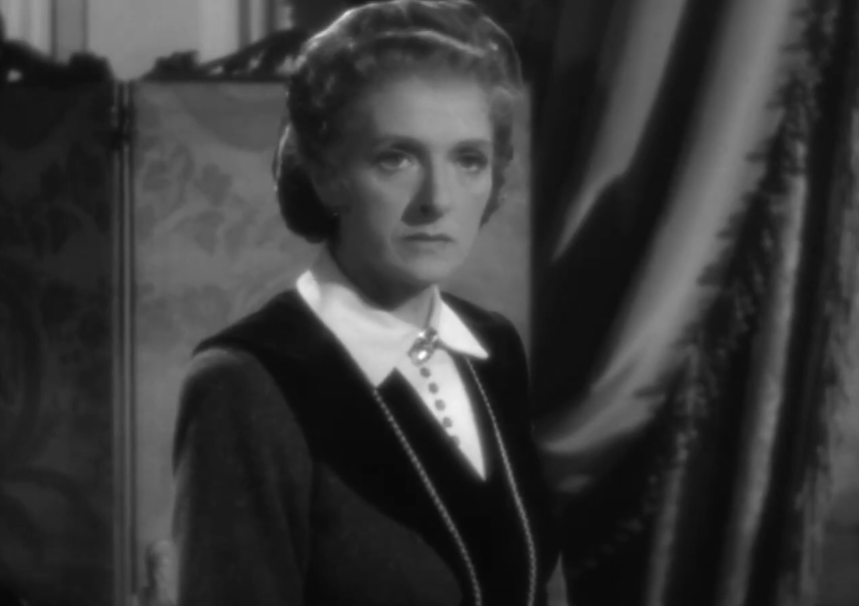 United Artists, That Hamilton Woman (1941)
United Artists, That Hamilton Woman (1941)
18. He Was Called Back
Shortly after his marriage, Nelson found himself placed in reserve, which he wasn’t thrilled with. Longing for a command, he pulled every string he could with no results for years. Finally, in 1793, world tensions caused the Admiralty to return him to service with the HMS Agamemnon to command.
Soon after, France officially declared hostilities against England.
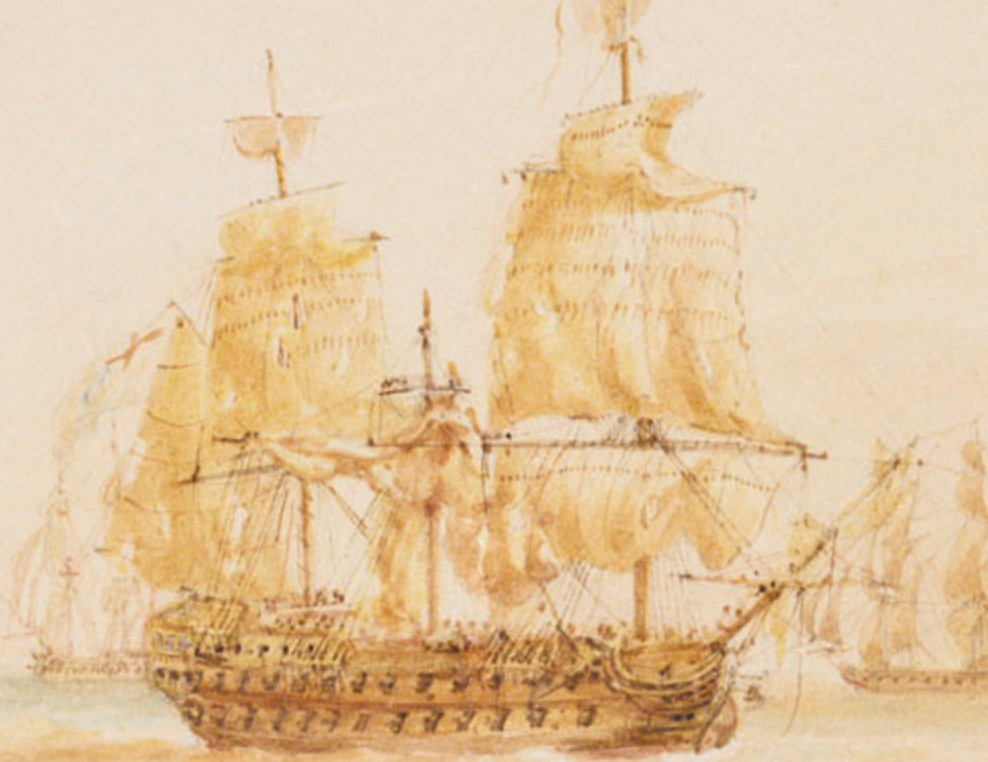 Nicholas Pocock (1740-1821), Wikimedia Commons
Nicholas Pocock (1740-1821), Wikimedia Commons
19. He Received His Orders
As a part of England’s attempts to defeat the French forces present in the Mediterranean, Nelson and his ship sailed to Tunis under the command of Commodore Robert Linzee. The Commodore tasked him with blockading Corsica’s French garrison, aided by a squadron of four other vessels.
He would soon receive the first of multiple severe injuries.
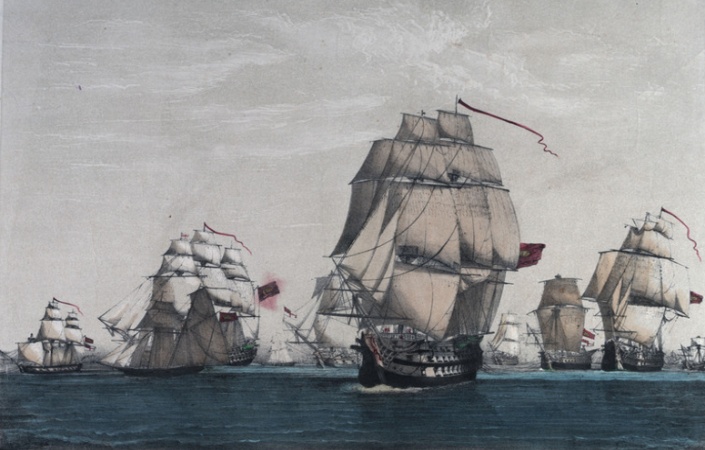 Vallejo (artist), Wikimedia Commons
Vallejo (artist), Wikimedia Commons
20. He Was Injured
After capturing the town of Bastia on Corsica, Calvi was the last French fortress on the island. During the British attack on the fortress, Nelson's right eye was hit by debris when the French shot a nearby sandbag.
This did not phase him, however.
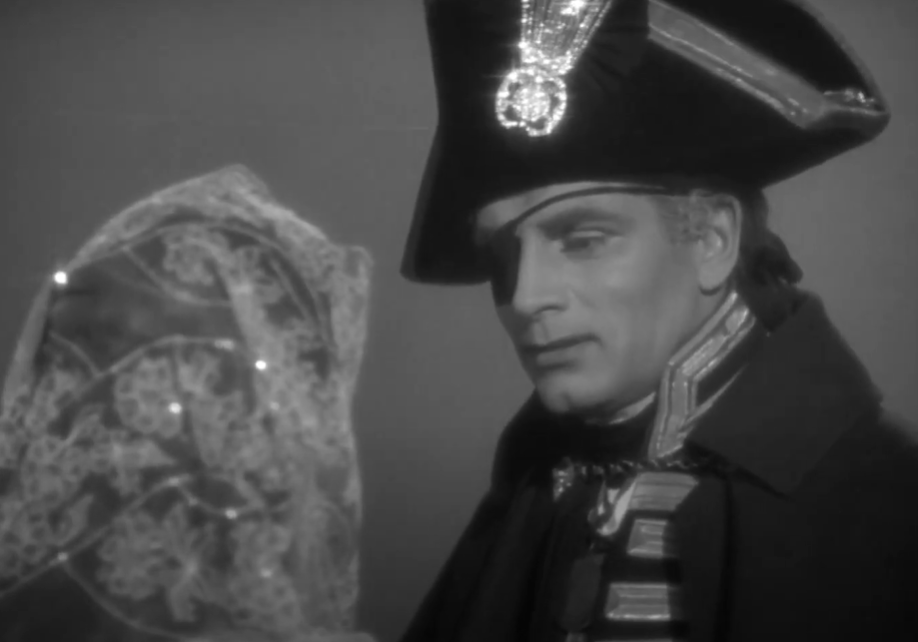 United Artists, That Hamilton Woman (1941)
United Artists, That Hamilton Woman (1941)
21. He Rallied
With such a hazardous injury, Nelson had little choice but to begrudgingly retreat from the battle. The damage was so severe that he never recovered his full sight, but after he was bandaged up, he immediately returned to the battlefield. Nearly a month later, the siege concluded as the French surrendered.
Of course, this was far from Nelson’s last big battle.
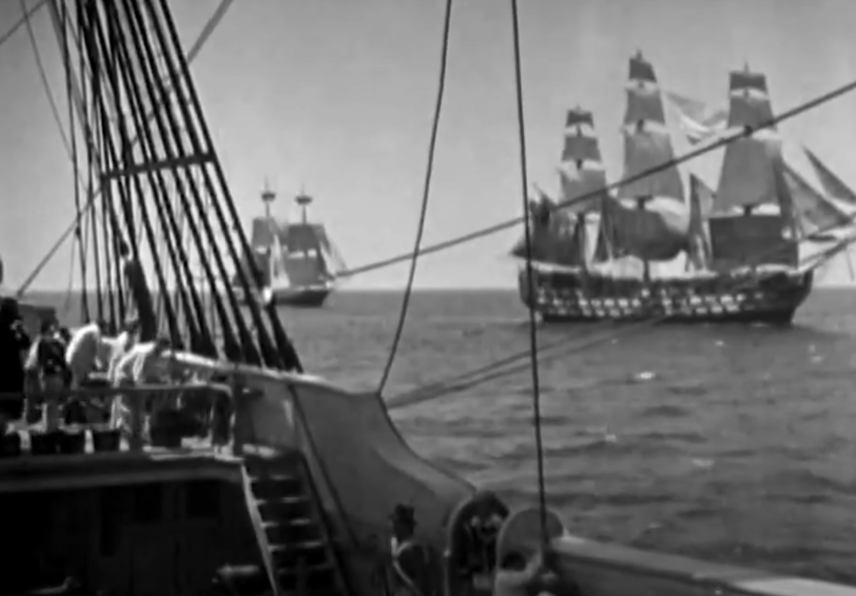 Warner Bros., The Divine Lady (1928)
Warner Bros., The Divine Lady (1928)
22. The Battle Of Cape St Vincent
In 1797, a British fleet under Sir John Jervis intercepted Spain’s fleet coming from Cartagena, since the Spanish had allied with the French. Nelson’s new ship—the HMS Captain—came to aid in the battle, but was told to stay in line. However, he noticed a mistake, meaning the British ships wouldn’t be able to take position in time to fight.
Nelson then broke formation and charged the Spanish vanguard, which led to a unique honor.
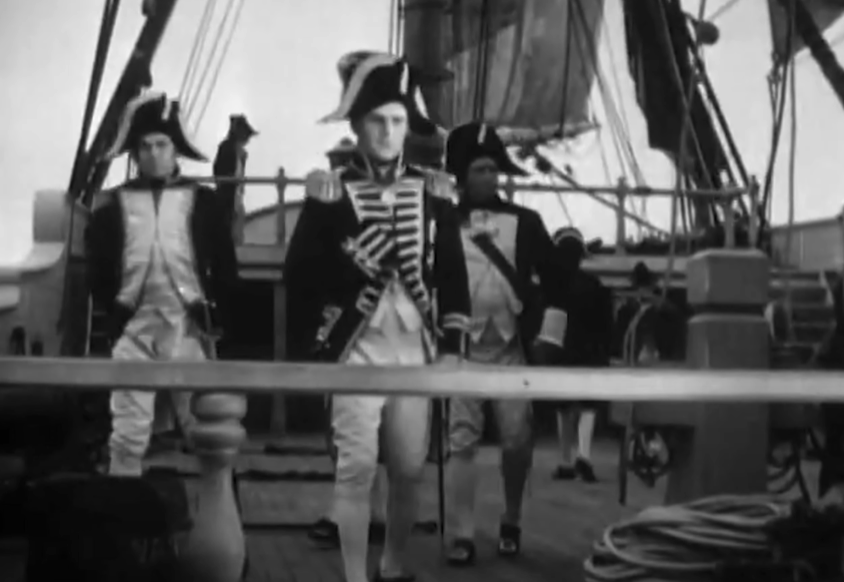 Warner Bros., The Divine Lady (1928)
Warner Bros., The Divine Lady (1928)
23. He Was The First
With support from HMS Culloden, Nelson’s ship met Spain’s vanguard. During the cannon fire, Nelson came upon one of the Spanish ships, San Nicolas, and courageously led a party aboard before taking it. He then boarded and captured a second Spanish ship, and by the end of the day, the Spanish fleet dispersed and retreated.
This marked the first time a British flag officer led a boarding party in 300 years, and his contributions did not go unnoticed.
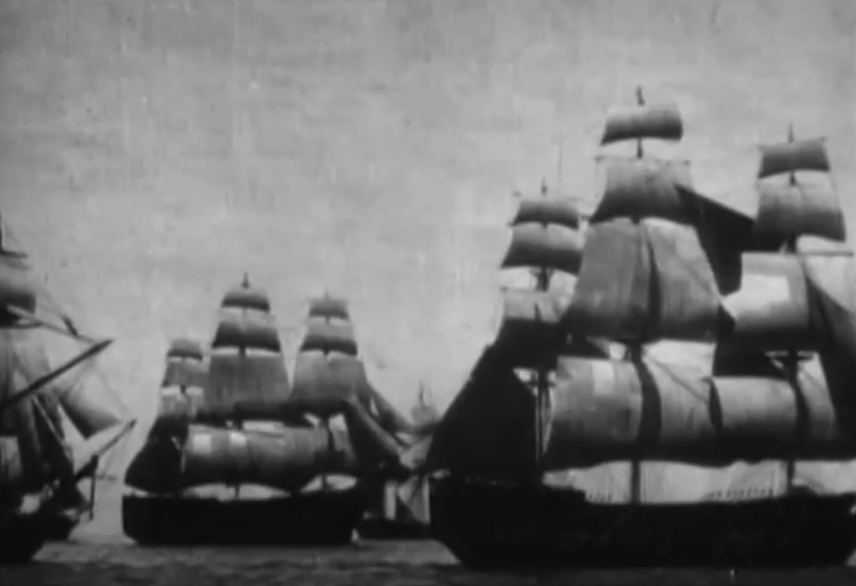 Warner Bros., The Divine Lady (1928)
Warner Bros., The Divine Lady (1928)
24. He Was Praised
While Nelson had defied his superior’s orders during the Battle of Cape St Vincent, he also became integral to Britain’s victory. Because of this, Sir Jervis chose not to admonish Nelson but still omitted the insubordination from his report. However, in a private letter, Sir Jervis expressed his appreciation that Nelson "contributed very much to the fortune of the day".
However, Nelson didn’t only receive kind words.
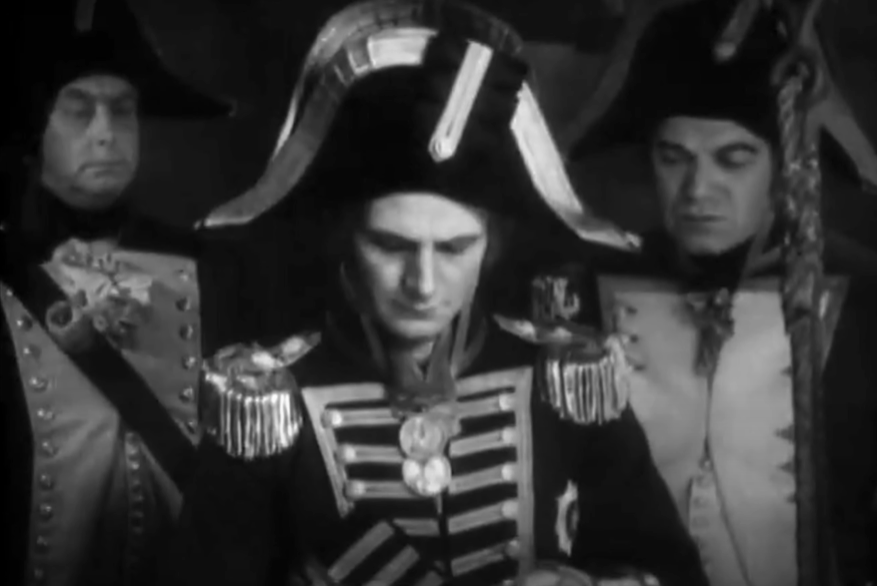 Warner Bros., The Divine Lady (1928)
Warner Bros., The Divine Lady (1928)
25. He Was Promoted
With no mention of Nelson’s defiance, his accomplishments were still acknowledged. Upon return to England, his actions granted him great renown and the honor of two new titles. Aside from becoming a Knight of the Bath, Nelson achieved the new rank of Rear Admiral of the Blue.
Following this, an even more impactful battle was on its way.
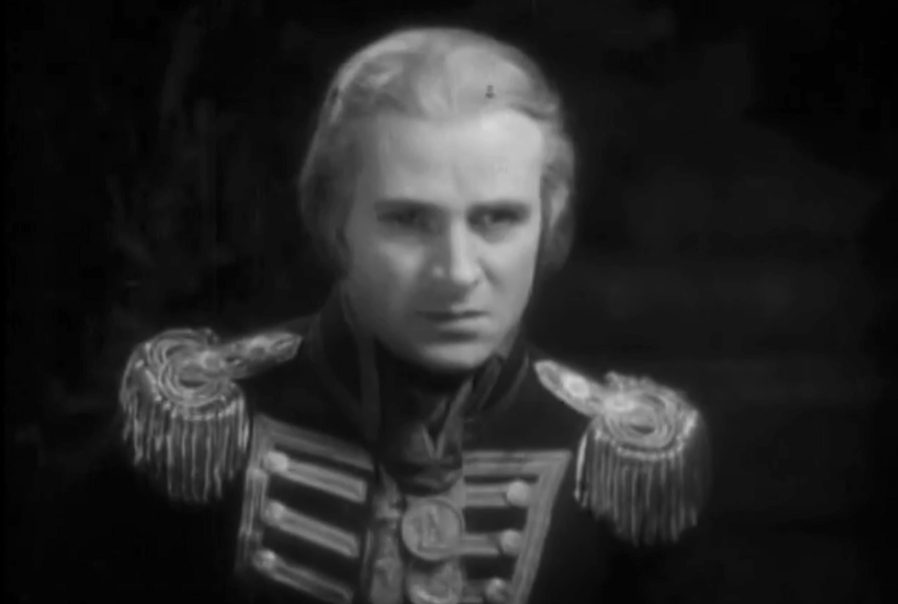 Warner Bros., The Divine Lady (1928)
Warner Bros., The Divine Lady (1928)
26. The Battle Of Santa Cruz De Tenerife
Only a few months after his victory at Cape St Vincent, Nelson readied to besiege and take Santa Cruz de Tenerife from the Spanish. In July 1797, Nelson led a squadron of eight other vessels in the attack with his new flagship, the HMS Theseus. However, the British forces became overwhelmed, as Nelson had underestimated Spain’s preparation.
The battle was brutal, and Nelson lost more than he had before.
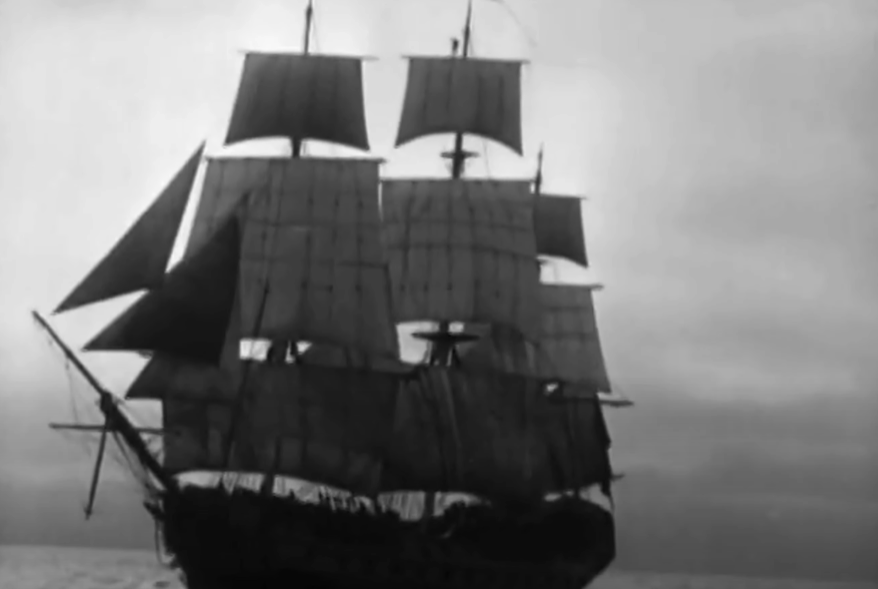 Warner Bros., The Divine Lady (1928)
Warner Bros., The Divine Lady (1928)
27. He Was More Severely Injured
The first portion of Nelson’s plan had failed, due to tactical and environmental factors, so Nelson took matters into his own hands. Leading a battalion, his landing boat reached the shore, where musket fire fractured his right arm. After being rowed back to the Theseus, Nelson ordered the doctor to amputate his arm, at which point he resumed command from his ship.
While the overall plan was a failure, his actions granted him even more acclaim.
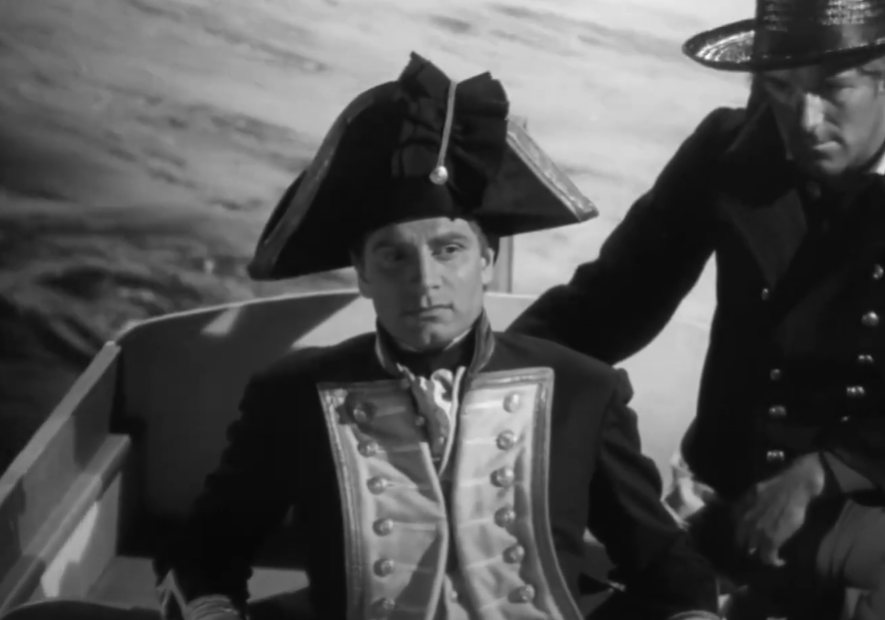 United Artists, That Hamilton Woman (1941)
United Artists, That Hamilton Woman (1941)
28. They Cheered His Name
In the end, the British ships had no choice but to retreat from the battle, but Nelson did not receive blame for the failure. His reputation from Cape St Vincent persisted, and many viewed him as a sacrificial hero after his dismemberment. As a result, upon his return to England, the public welcomed him with praise and sympathy.
Of course, despite his life-altering injury, he couldn’t stay away from danger for long.
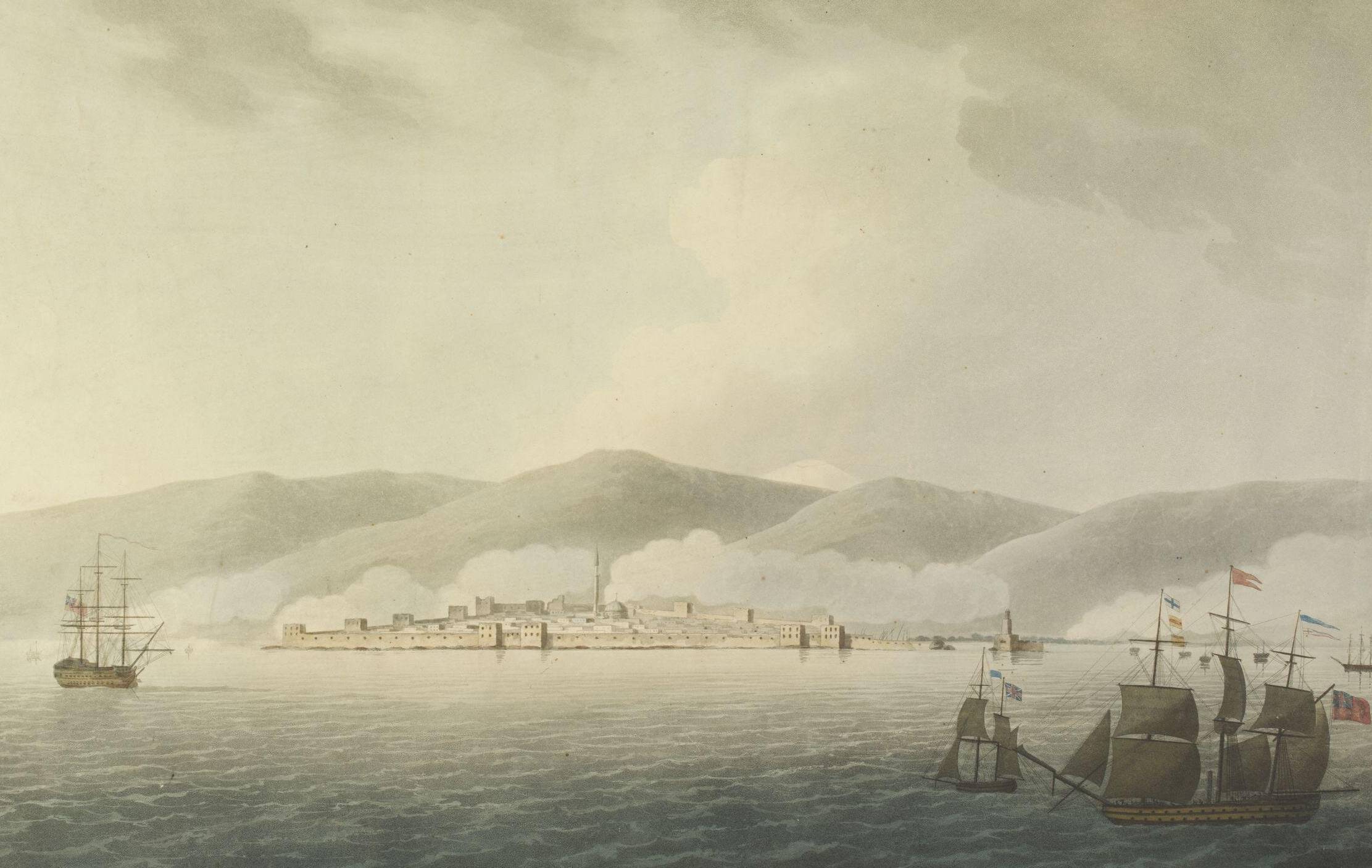 Victoria and Albert Museum, Wikimedia Commons
Victoria and Albert Museum, Wikimedia Commons
29. He Got Hurt Again
Just a year after the loss of his right arm, Nelson was back in the heat of combat during the 1798 Battle of the Nile. During the fight, a splinter of iron from a French artillery shot struck his forehead, wounding him and covering his one good eye with a skin flap. Disoriented, Nelson believed it was fatal, but the ship’s doctor concluded otherwise and patched him up.
He returned to battle and shortly achieved victory, in exchange for which he continued to move up the ranks.
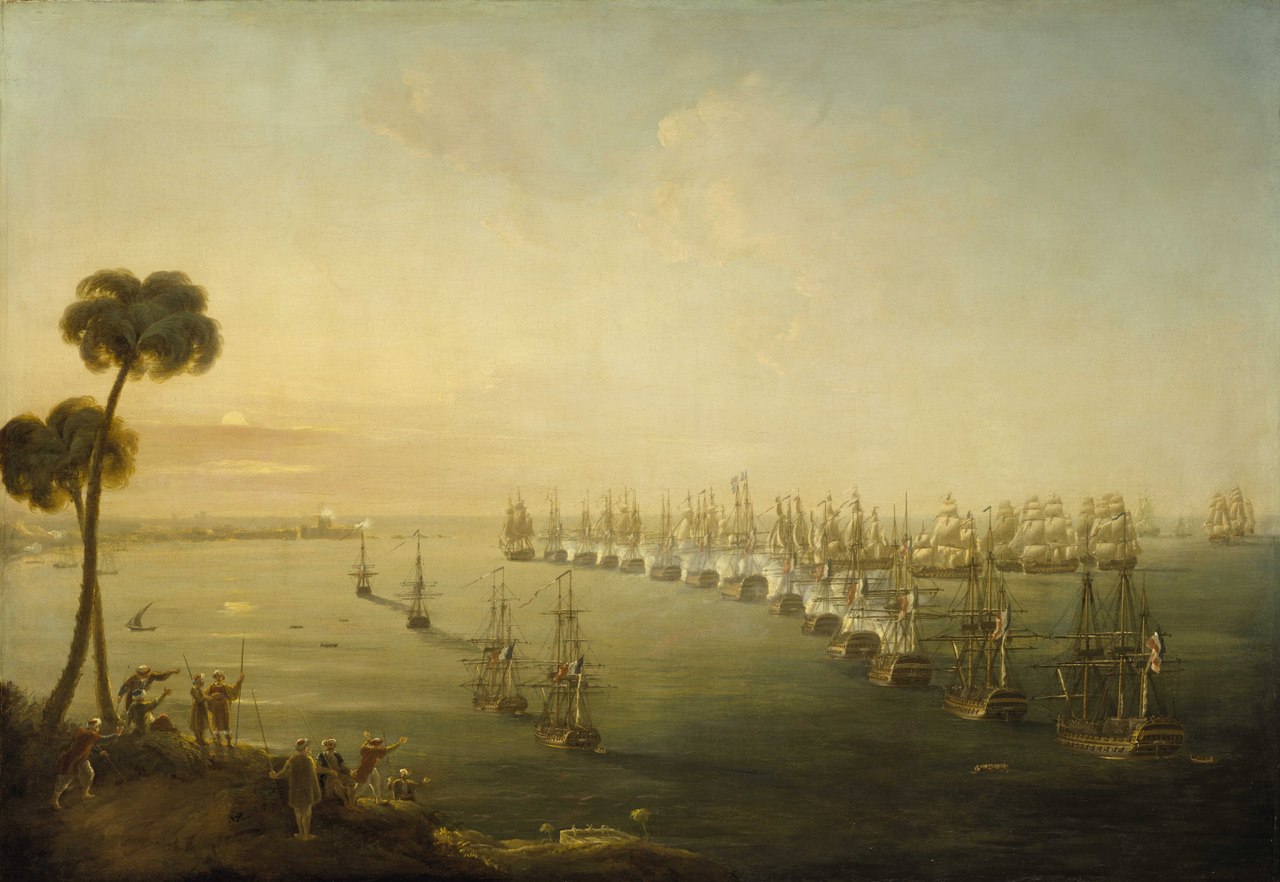 Nicholas Pocock, Wikimedia Commons
Nicholas Pocock, Wikimedia Commons
30. He Was Assigned A New Position
Nelson received the title of Baron of the Nile and continued to serve in his position for another year, during which he aided the army of Naples against the French. In 1799, he rose to the rank of Rear-Admiral of the Red and eventually became the Mediterranean’s senior officer.
However, even with a higher rank, he was just as reckless.
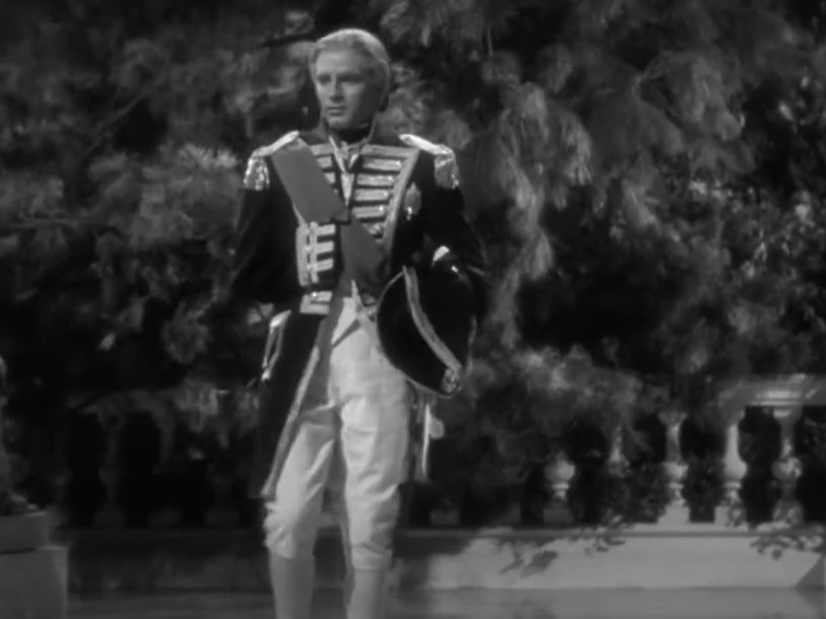 United Artists, That Hamilton Woman (1941)
United Artists, That Hamilton Woman (1941)
31. He Was Rebellious
After a period in Naples, Nelson returned to the sea in 1800 under his new superior, the Viscount Keith. However, Nelson only became more difficult to work with, at times outright refusing or abandoning his orders, often to return to his mistress in Italy—the already married Lady Emma Hamilton.
This affair would prove an uncomfortable surprise once he returned home.
 United Artists, That Hamilton Woman (1941)
United Artists, That Hamilton Woman (1941)
32. They Had An Awkward Encounter
Upon Nelson’s return to England later that year, he was met with now-familiar cheers and admiration, being invited to several banquets in his honor. However, during one of these dinners, his wife Fanny and mistress Emma met. The situation was plain as day and made even more uncomfortable by Nelson’s choice to ignore Fanny and devote all his focus to Emma.
These tensions would culminate in a fateful decision.
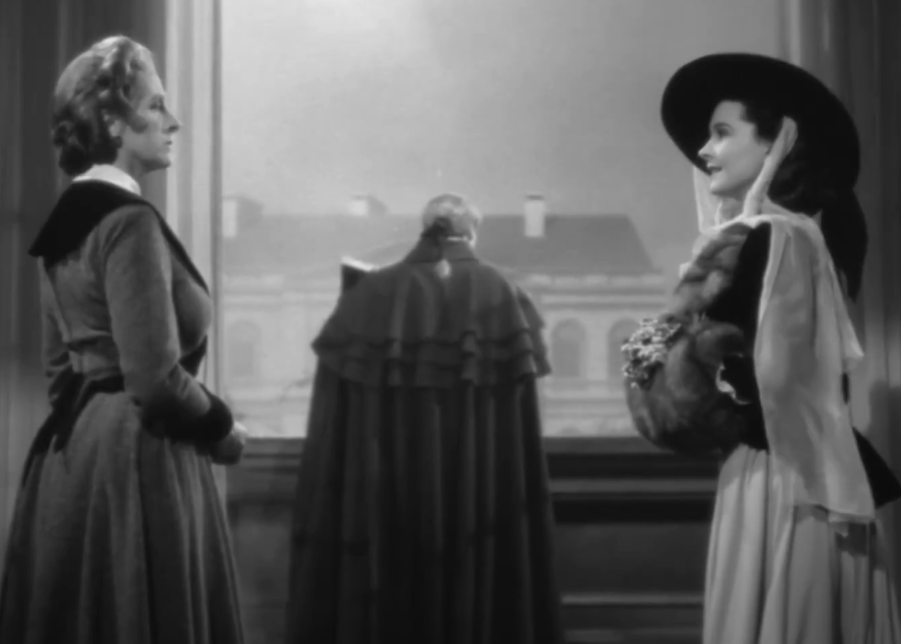 United Artists, That Hamilton Woman (1941)
United Artists, That Hamilton Woman (1941)
33. She Made Him Choose
By Christmas in 1800, Fanny Nelson had enough of her husband’s impropriety and put her foot down. She called him out on his behavior and forced him to choose either her or Lady Emma to be with. Nelson’s disdain for Fanny had become evident, and he refused to leave his mistress, causing him and his wife to separate.
Soon, he started another family.
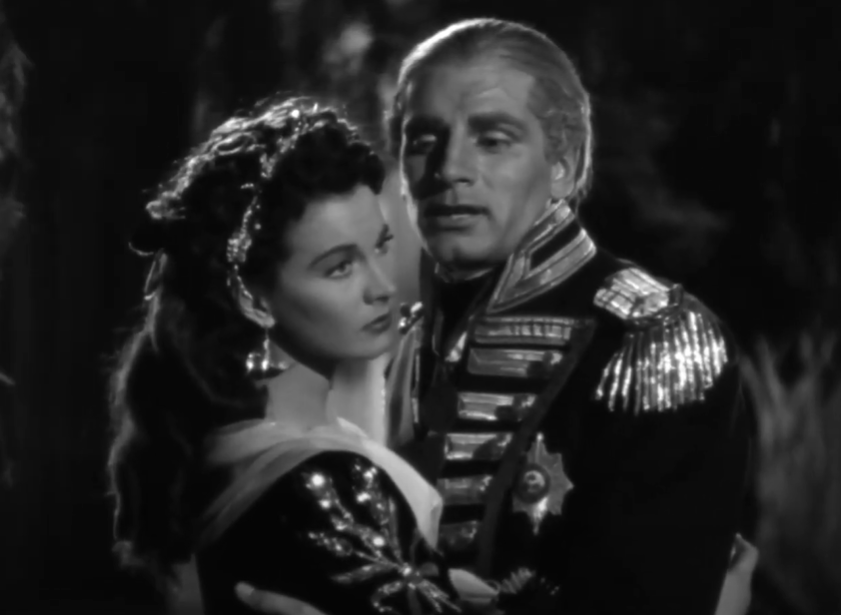 United Artists, That Hamilton Woman (1941)
United Artists, That Hamilton Woman (1941)
34. She Gave Birth
Shortly after Nelson’s promotion to Vice-Admiral of the Blue in January 1801, Lady Emma gave birth to their daughter, Horatia. Emma and Nelson were still in their respective marriages, making their only daughter—and the only child Nelson would father—illegitimate.
Even with a new family, he quickly returned to life in command.
 Unknown Author, CC BY-SA 4.0, Wikimedia Commons
Unknown Author, CC BY-SA 4.0, Wikimedia Commons
35. He Continued To Defy Orders
Despite the frustration of Nelson’s superiors, his insubordinate nature continued to get results. In the 1801 Battle of Copenhagen, when his ship received the signal to withdraw, Nelson claimed not to see it, intentionally bringing his telescope to his bad eye. Ignoring these orders, he pushed forward and forced the enemy into a truce.
Once again, his resilience and strategic talent paid off.
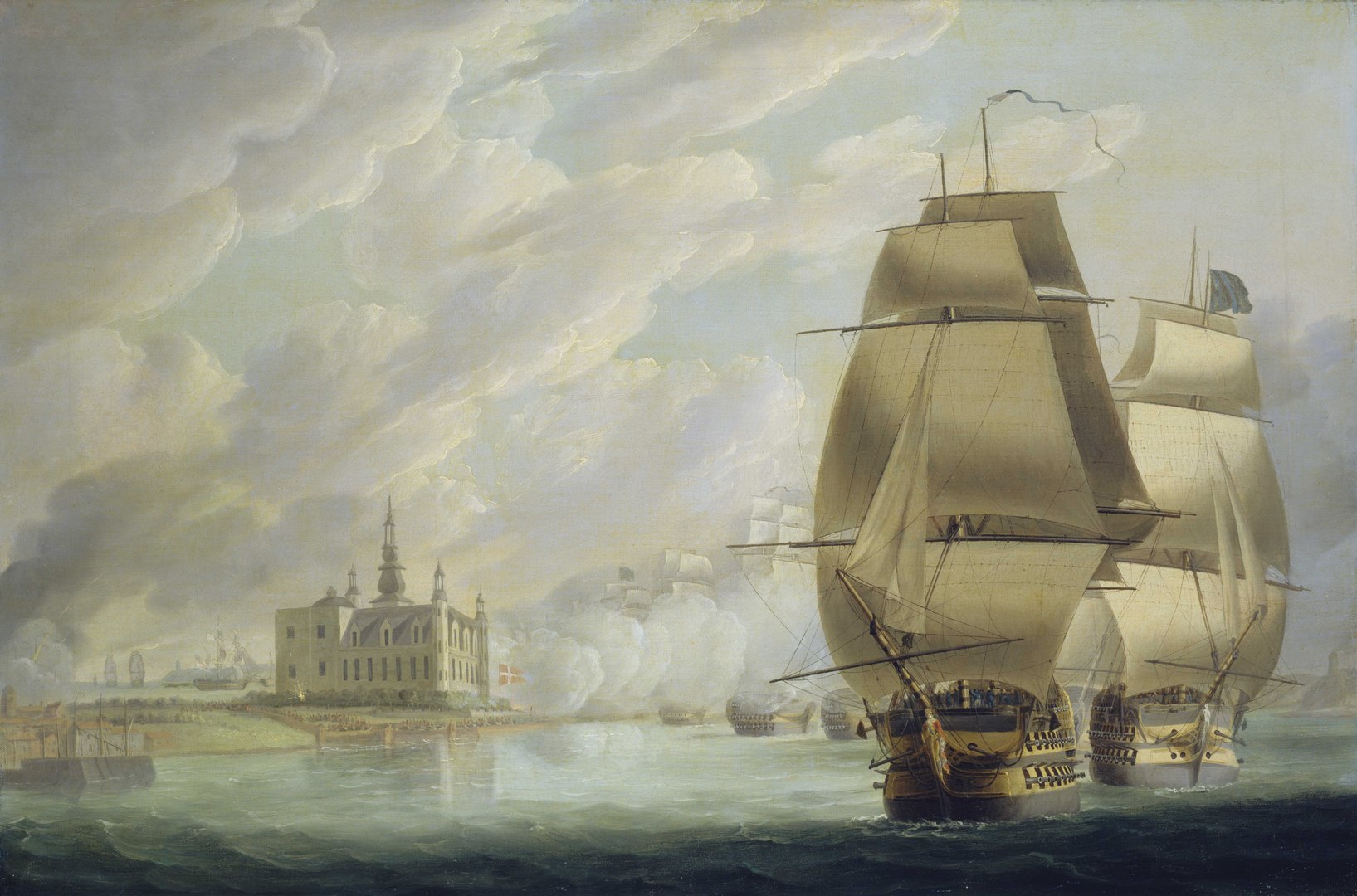 Robert Dodd, Wikimedia Commons
Robert Dodd, Wikimedia Commons
36. He Was Granted A Higher Title
Unsatisfied with his title as Baron, Nelson had been gunning for a higher status for years. In response to his most recent victory at the Battle of Copenhagen, he received the title of Viscount Nelson, of both the Nile and Burnham Thorpe.
However, with this promotion, danger was on the horizon.
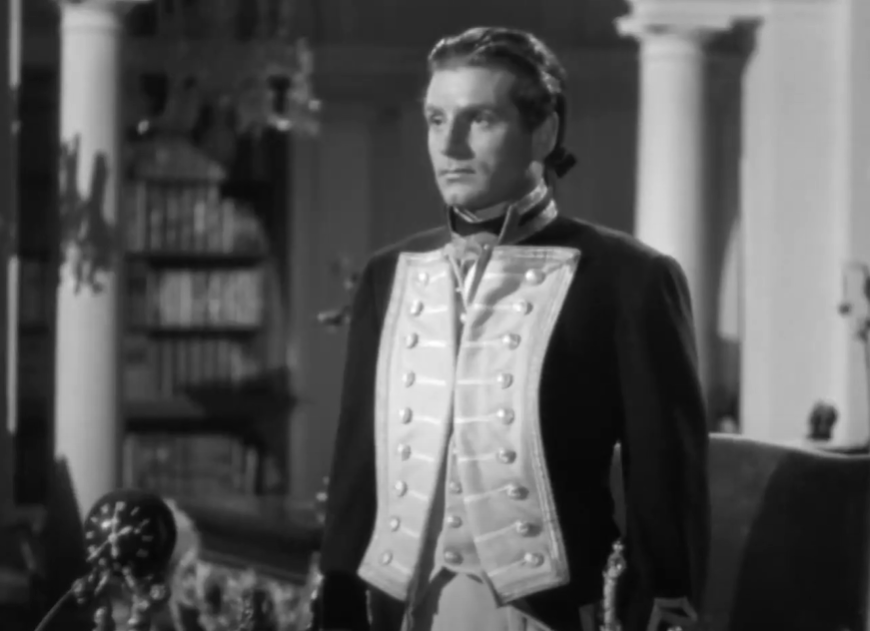 United Artists, That Hamilton Woman (1941)
United Artists, That Hamilton Woman (1941)
37. They Received Grave News
By September 1805, Nelson received another promotion to Vice-Admiral of the White, but worse machinations were at play. Not only was France preparing for a large-scale invasion of Britain, but the French fleet had combined with Spain’s. Upon learning this, the Admiralty tasked Nelson with commanding the blockade of Cádiz, where the enemy fleets were.
As he departed, he had quite the send-off.
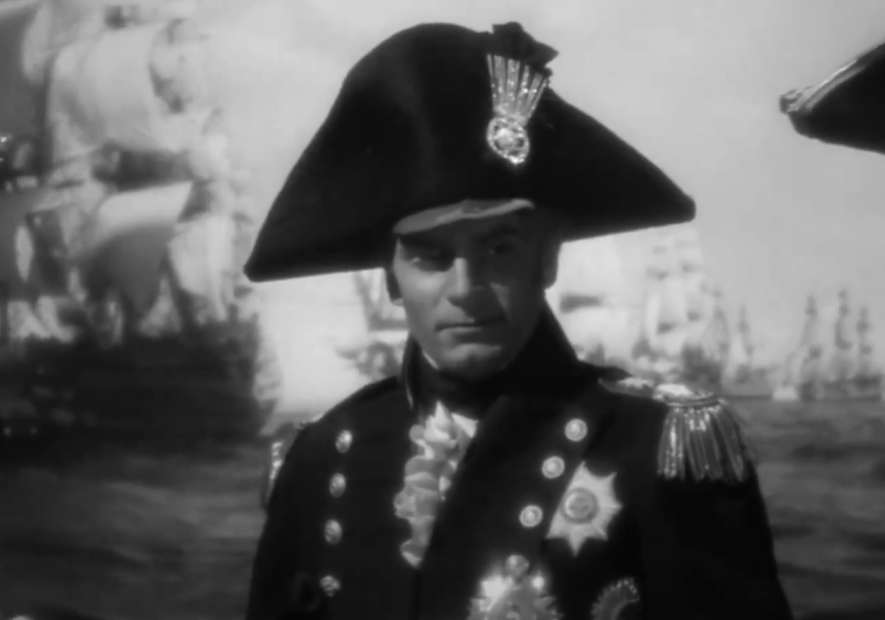 United Artists, That Hamilton Woman (1941)
United Artists, That Hamilton Woman (1941)
38. They Saw Him Off
Just before Nelson left for the blockade, he traveled to Portsmouth and enjoyed breakfast with a couple of friends. Of course, Nelson was already a celebrity in his own right, so more and more people came to see him. They took it a step further, following him to his ship to see him off, to which he raised his hat to the crowd in gratitude.
Once he reached the position, it was only a matter of time before things kicked off.
 United Artists, That Hamilton Woman (1941)
United Artists, That Hamilton Woman (1941)
39. They Spotted The Enemy
Close to a month after Nelson had joined the Cádiz blockade with his new flagship, the HMS Victory, the time for his climactic battle arrived. British patrols had spotted the Spanish fleet trying to sail out to the west, and the next day, Nelson readied himself for all contingencies.
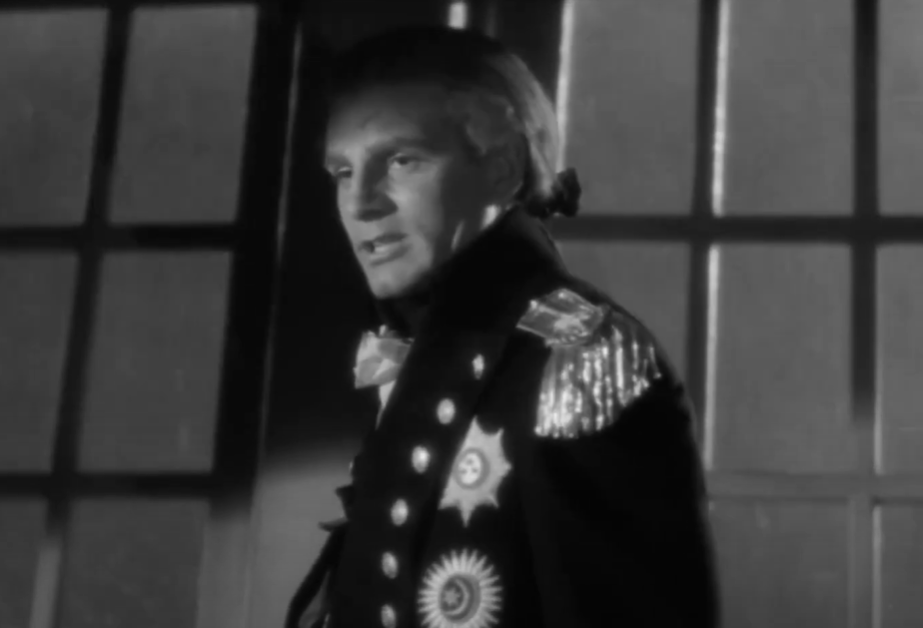 United Artists, That Hamilton Woman (1941)
United Artists, That Hamilton Woman (1941)
40. He Made Preparations
The following morning, Nelson ensured everything was in place according to the plans he had been developing for weeks. He ordered the fleet to battlestations and turned his ship to those advancing, before inspecting everything. Knowing this could be his final battle, he wrote out his will and a general prayer below deck.
As they inched toward the battle, his ship’s captain had something to say.
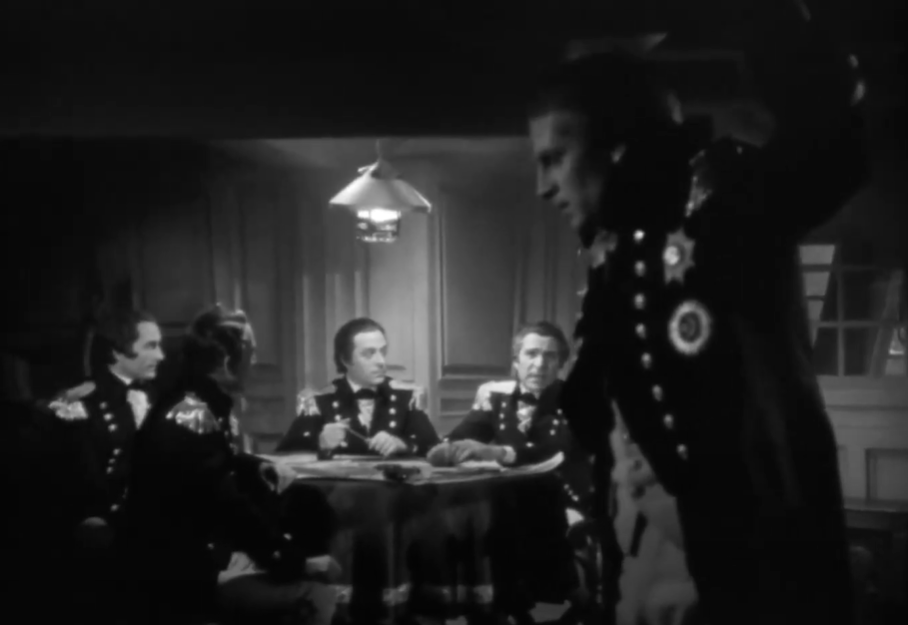 United Artists, That Hamilton Woman (1941)
United Artists, That Hamilton Woman (1941)
41. He Was Advised
The British fleet was nearly upon the enemy, and just as they were about to meet, Nelson received a suggestion from HMS Victory’s Captain Thomas Hardy. The captain advised Nelson to take off any decorations on his uniform that identified his rank, so he would be more difficult to spot. Nelson refused, stating it was too late and he wasn’t afraid.
This, unfortunately, turned out to be sound advice.
 United Artists, That Hamilton Woman (1941)
United Artists, That Hamilton Woman (1941)
42. The Battle Of Trafalgar
The Spanish and French outnumbered Nelson’s fleet, but he wasn’t worried. He and Hardy fought side by side in the ensuing battle as the enemy fired upon the HMS Victory. Suddenly, a French sharpshooter hit Nelson, with the musket ball passing through his shoulder, lung, and spine.
This time, he was in no condition to carry on fighting.
 Nicholas Pocock, Wikimedia Commons
Nicholas Pocock, Wikimedia Commons
43. He Went Below
Even as Nelson’s men carried him below deck, he continued to lead and even stopped to advise one of the crew. Seeing that his time was up, he assured the surgeon on board there was nothing to be done. Instead, the surgeon and crew did everything they could to make his passing as painless as possible.
In this final hour, he called for someone special to him.
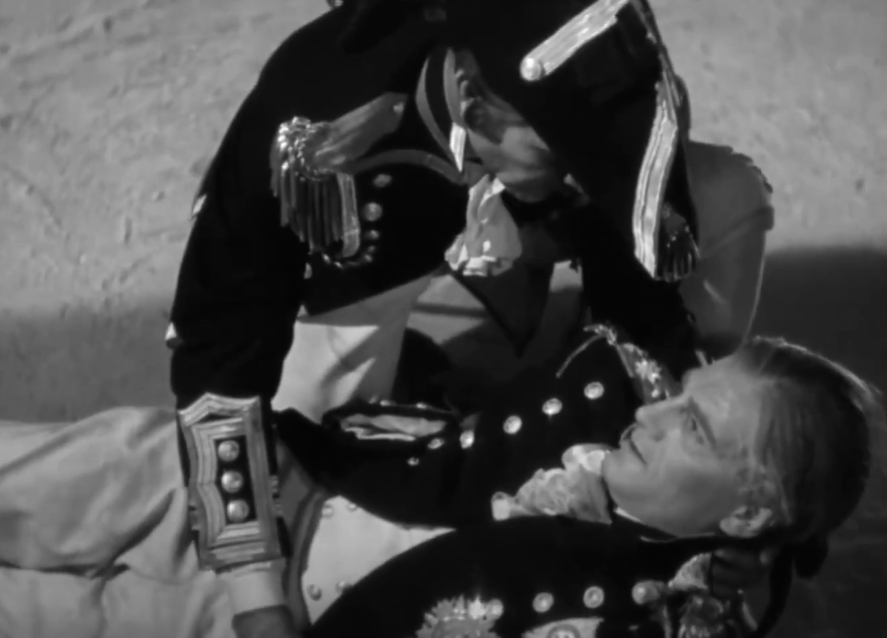 United Artists, That Hamilton Woman (1941)
United Artists, That Hamilton Woman (1941)
44. He Asked For His Friend
As Nelson lay below deck, awaiting his demise, he asked to see Captain Hardy one last time. Hardy, who had still been in the battle, joined him below deck and reported the surrender of several enemy ships. As Nelson said his goodbyes, he pleaded with Hardy to ensure Lady Emma would inherit everything.
Hardy was just as emotional.
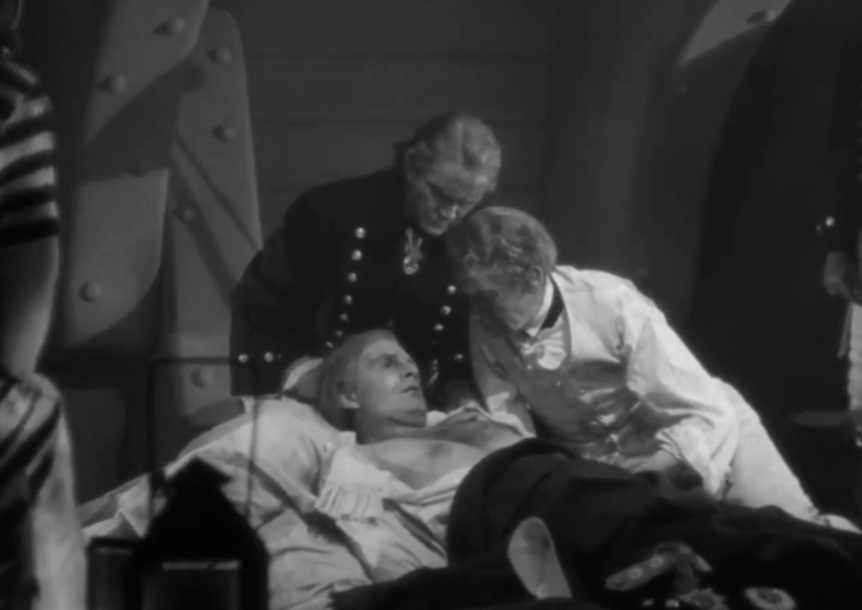 United Artists, That Hamilton Woman (1941)
United Artists, That Hamilton Woman (1941)
45. He Showed His Affection
As a last farewell, Nelson wanted to express his friendship with Hardy and asked the Captain to kiss him. Hardy obliged, kissing Nelson on the cheek and after a moment, once again on his forehead. The fading Vice-Admiral asked who the second kiss had been, and after being answered, simply uttered, "God bless you, Hardy".
At last, Nelson gave his final message.
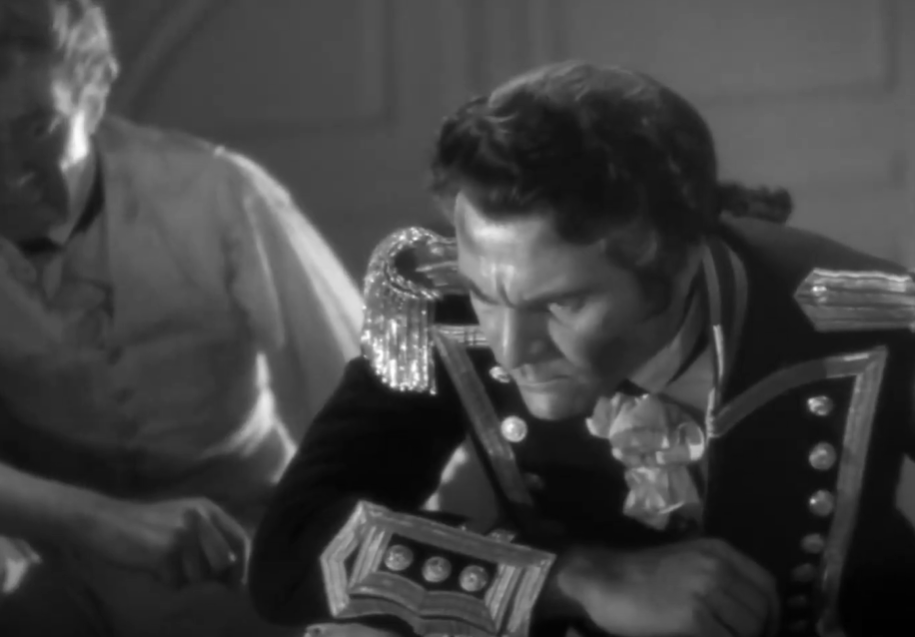 United Artists, That Hamilton Woman (1941)
United Artists, That Hamilton Woman (1941)
46. He Spoke His Last Words
As he drifted off, Nelson continued to speak, but his voice had become thin and faint. Those around heard him say, "Thank God I have done my duty," after which the words "God and my country" served as his last. The battle had ended in a British victory, and Nelson had given his life for it.
Naturally, England treated him with the same admiration they had while he was alive.
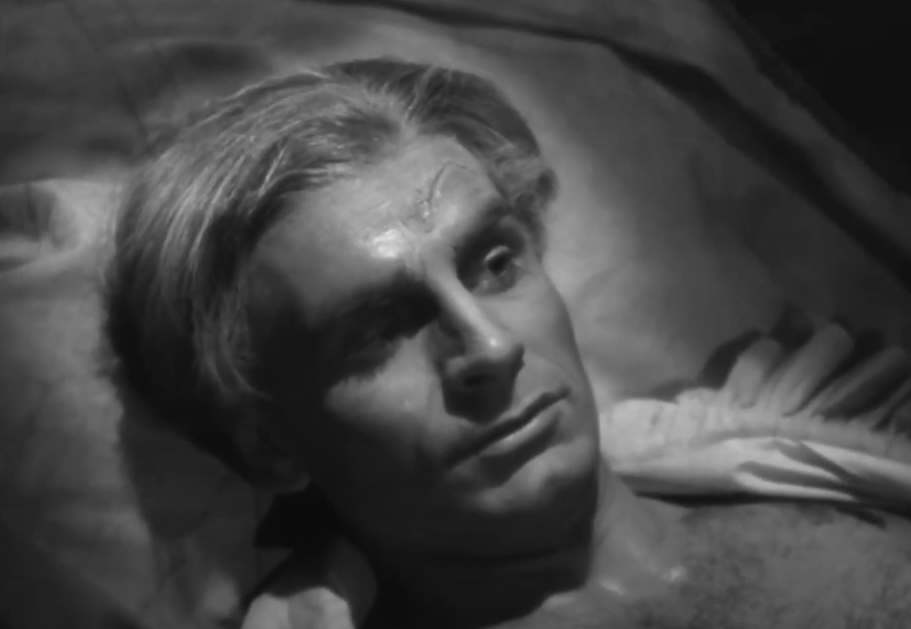 United Artists, That Hamilton Woman (1941)
United Artists, That Hamilton Woman (1941)
47. They Honored Him
Following the return of Nelson’s body to England, the mass of grievers who came to see it lying in state was much larger than expected. On January 9, 1806, the funeral commenced, with his procession being escorted by 10,000 service members and over 100 of the higher-ups.
Yet amid everything, the government denied one of his last requests.
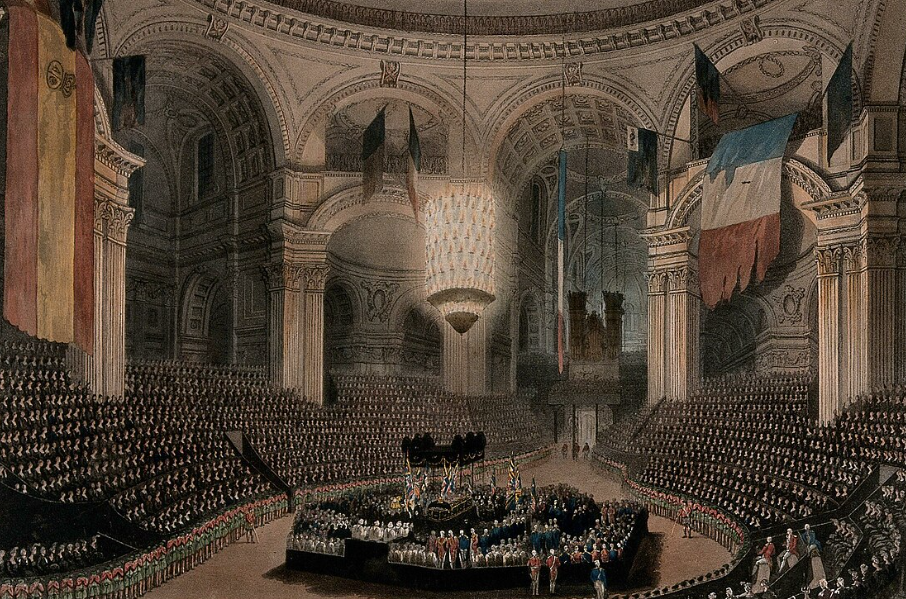 Augustus Charles Pugin, Wikimedia Commons
Augustus Charles Pugin, Wikimedia Commons
48. She Was Forgotten
Nelson and Emma’s union was never official, and their scandal persisted even after his passing. Aside from the fact that the government barred her from attending the funeral, they also denied her and their daughter Horatia any inheritance. Despite Nelson’s final wish to leave his possessions to Emma, the law only acknowledged his legitimate family as beneficiaries.
As for Nelson, his legacy lived on.
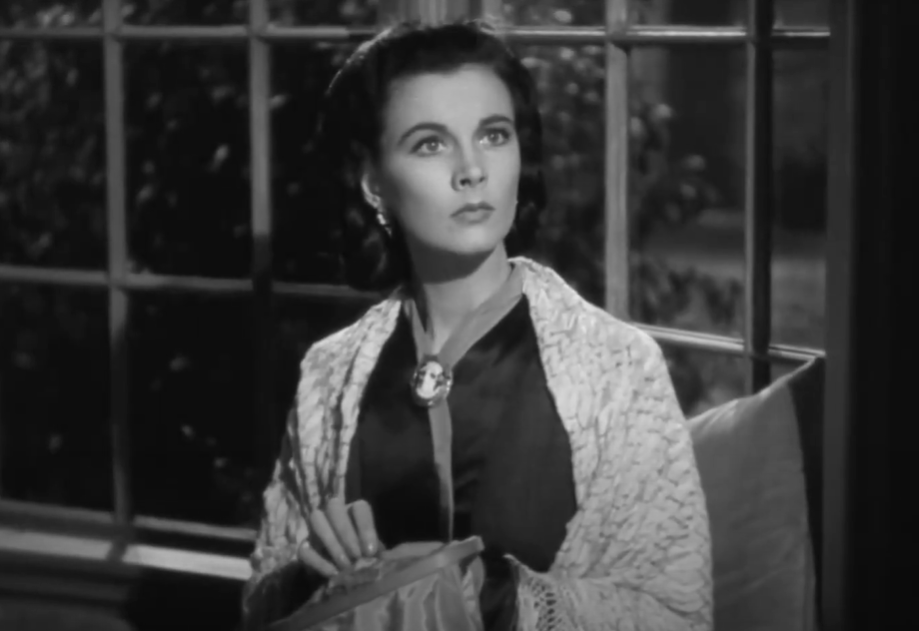 United Artists, That Hamilton Woman (1941)
United Artists, That Hamilton Woman (1941)
49. His Name Endured
Vice-Admiral Horatio Nelson’s impact on British history, and indeed that of the world, lasted for centuries. Beyond the many monuments, songs, and even city names he inspired, numerous significant figures—such as Winston Churchill—would draw influence from his career.
Of course, considering the time he inhabited, it’s important to note his shortcomings as well.
 Charles William Sharpe; Lloyd Brothers and Co, Wikimedia Commons
Charles William Sharpe; Lloyd Brothers and Co, Wikimedia Commons
50. He Was Complex
Most considered Nelson a hero during and after his time but he was also far from perfect. Aside from his relationship scandals in life, many have since come to see him as a representation of British colonialism. Making matters worse, although he reportedly treated most slaves he met with relative decency, he still staunchly opposed the abolition of slavery.
 Matthew Keymer, Wikimedia Commons
Matthew Keymer, Wikimedia Commons
You May Also Like:
The Soldier Who Couldn’t Be Killed
Queen Elizabeth's Most Notorious Spy

